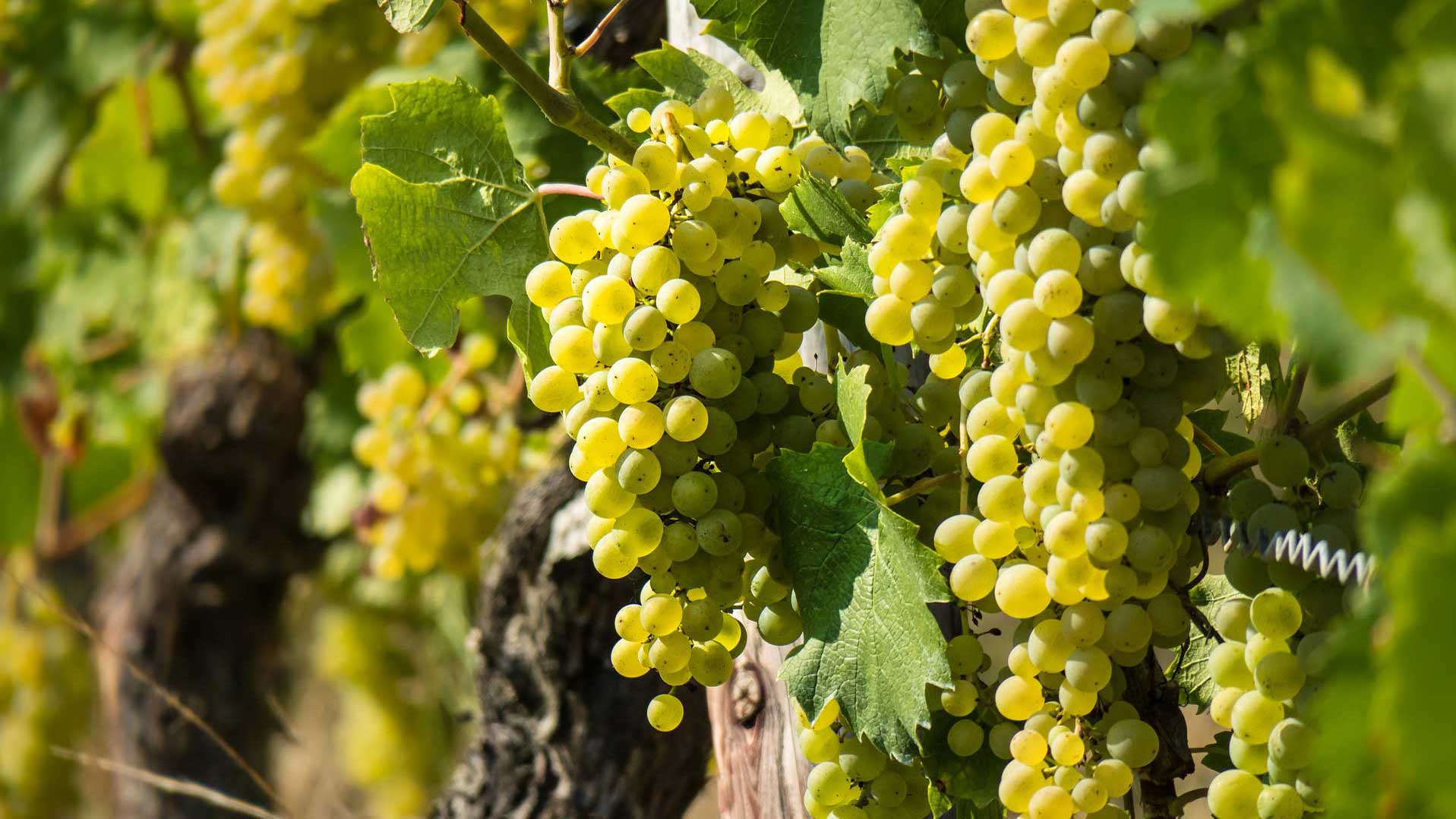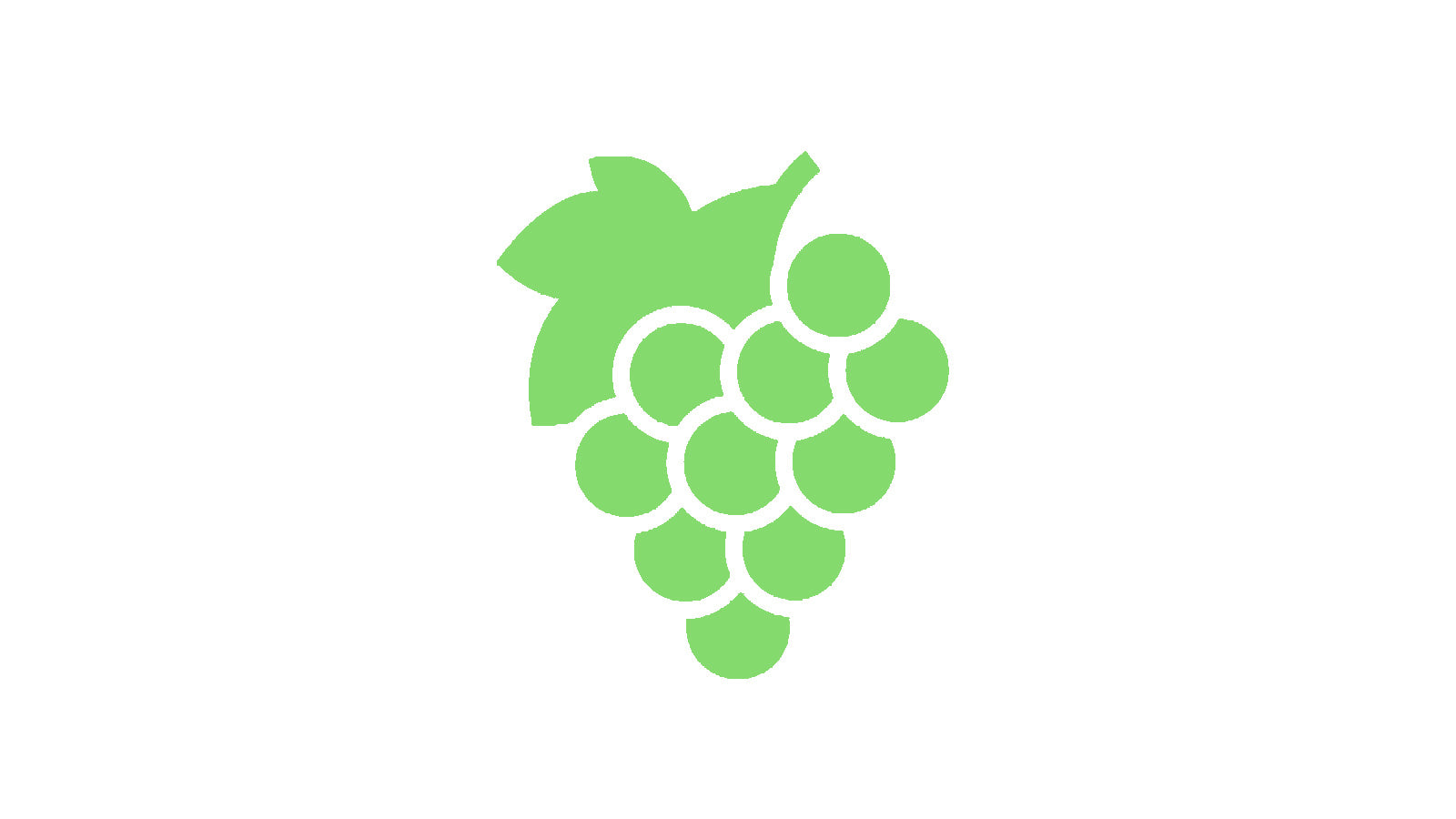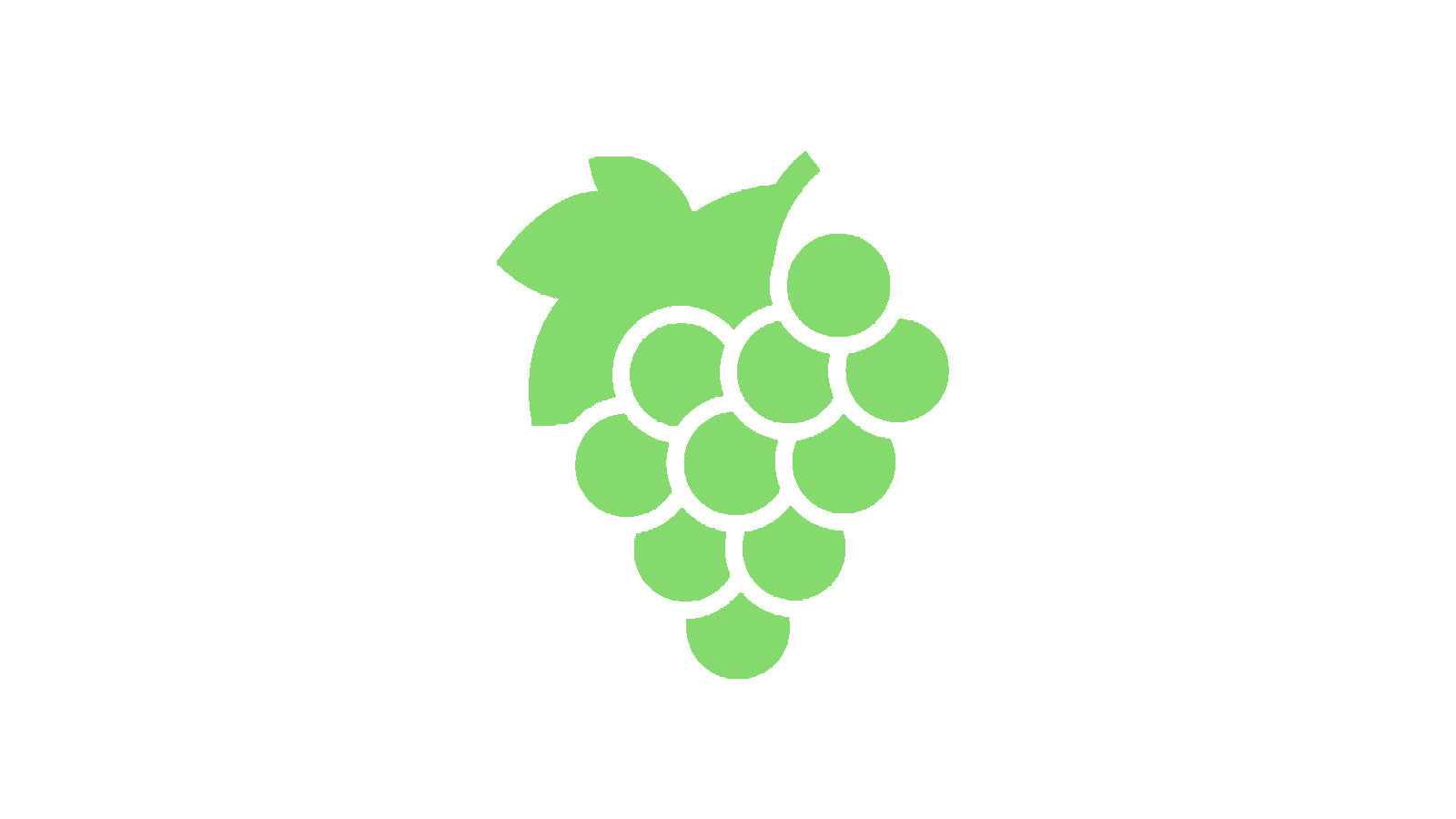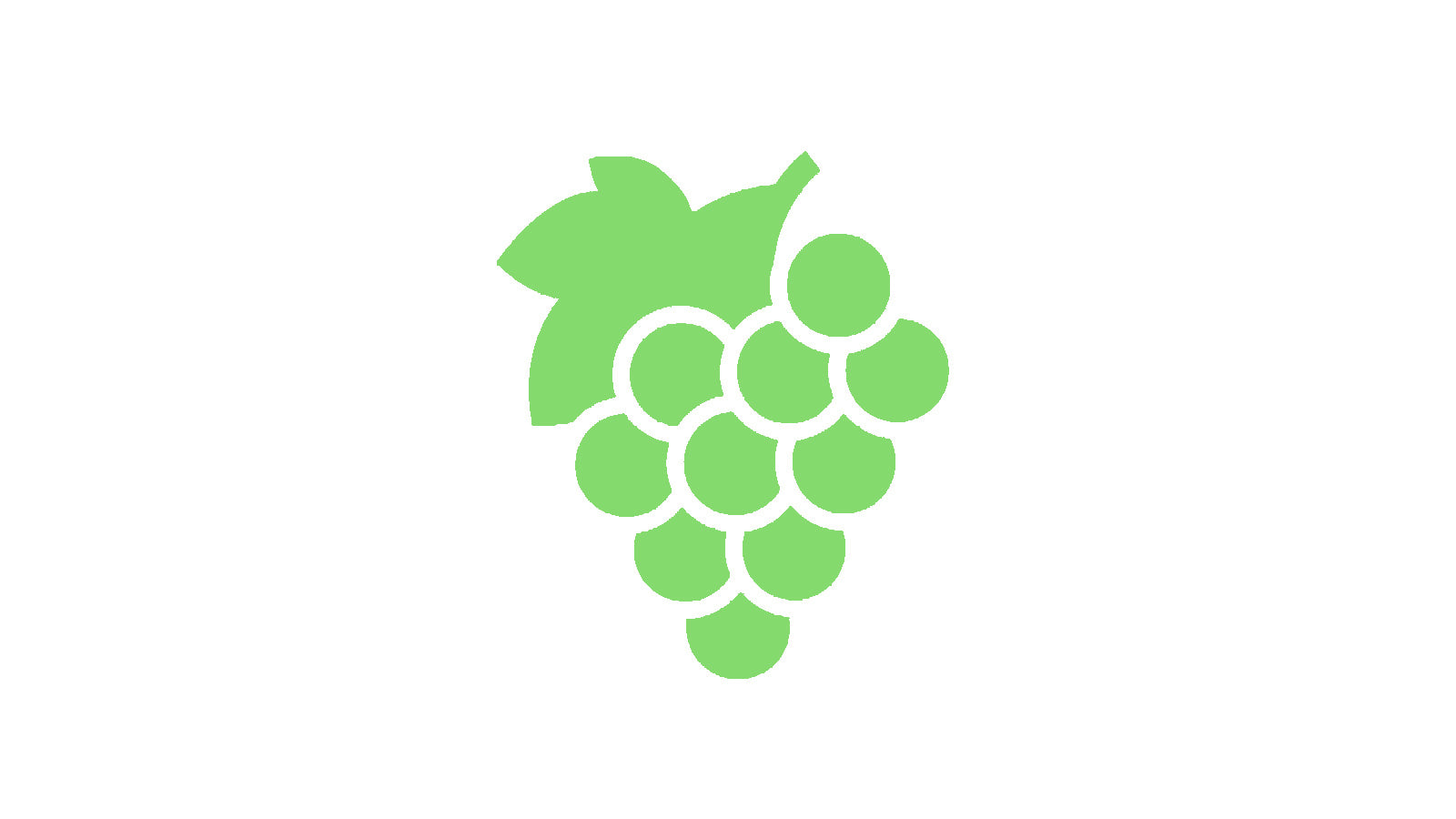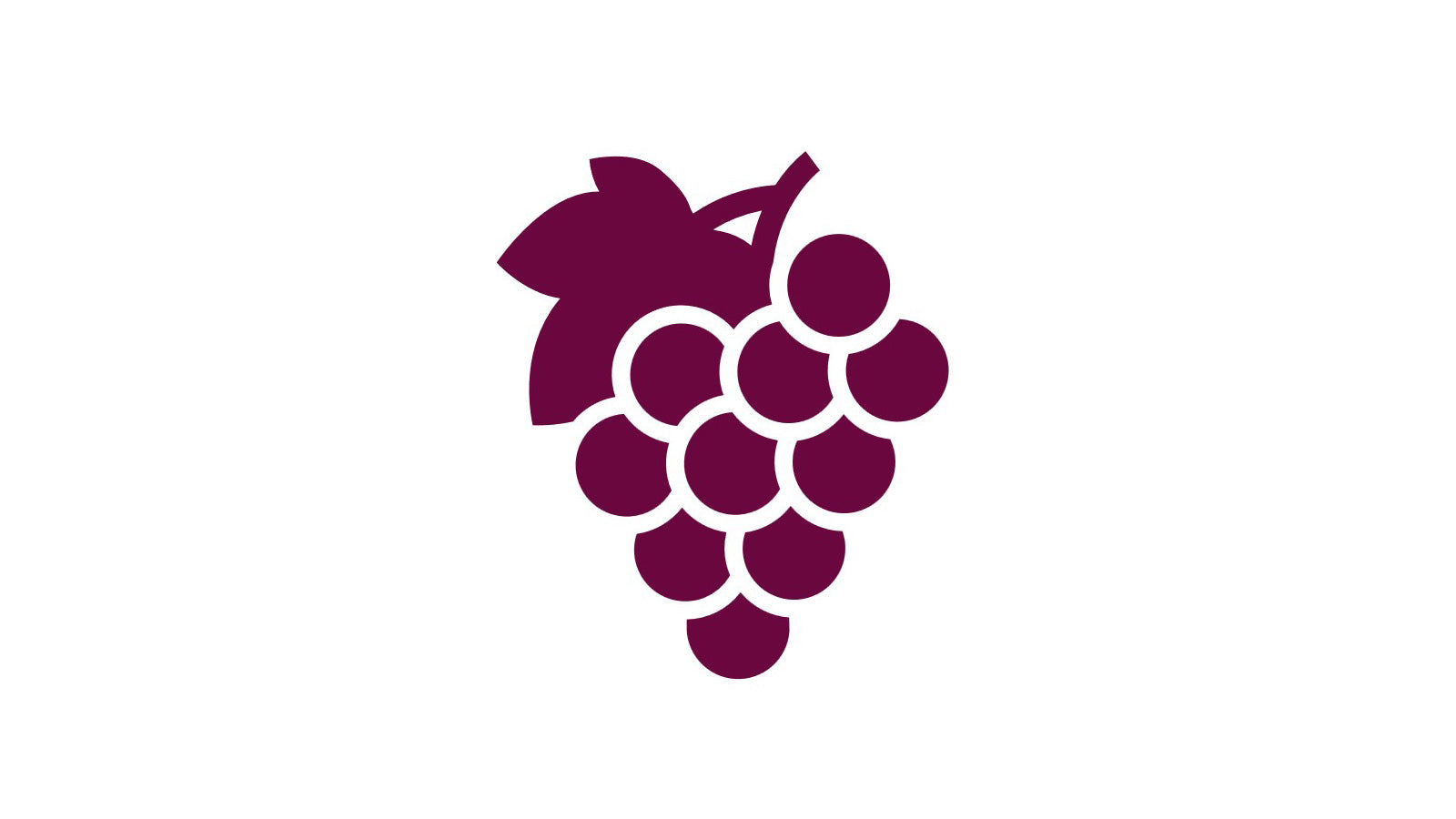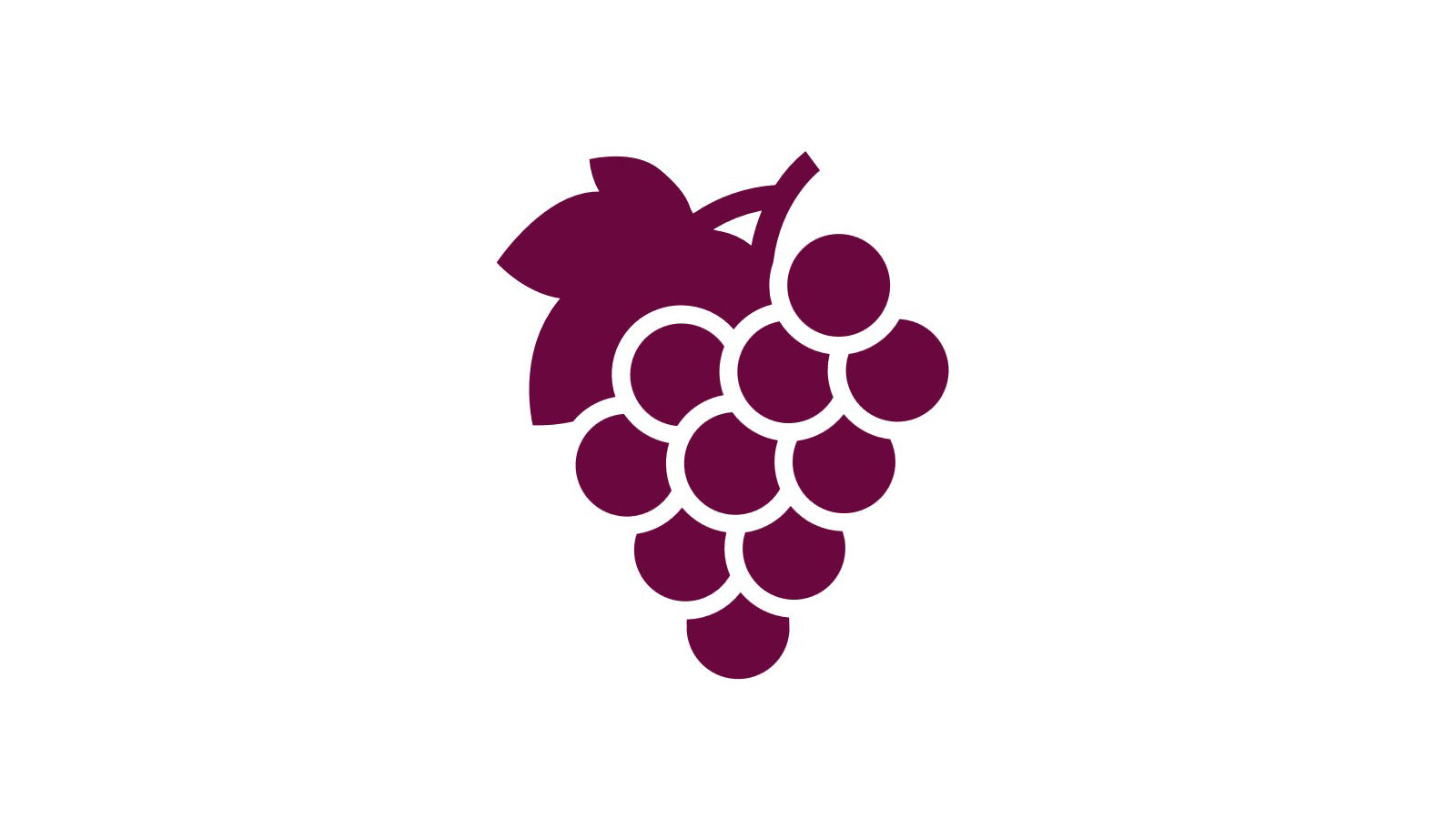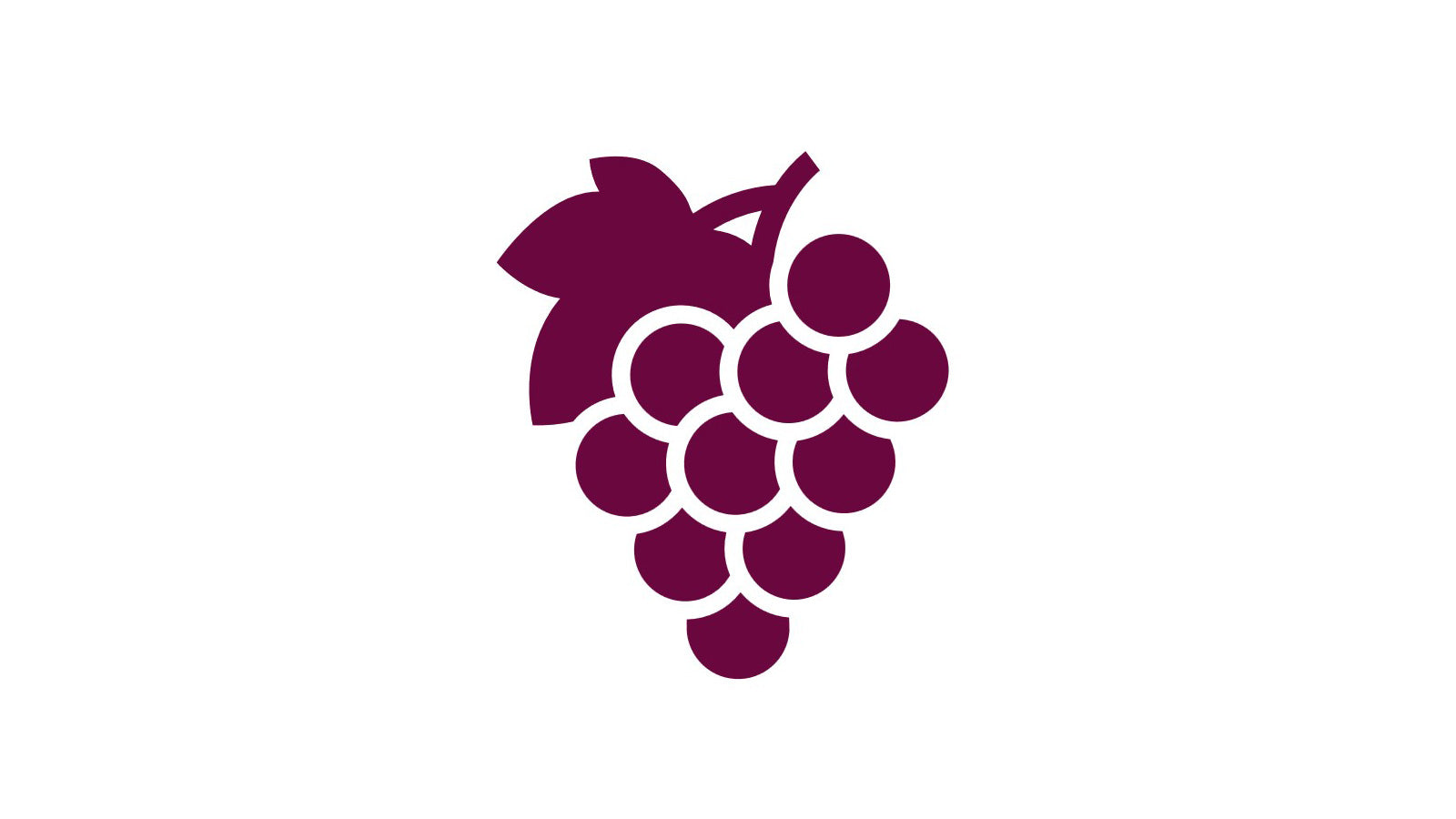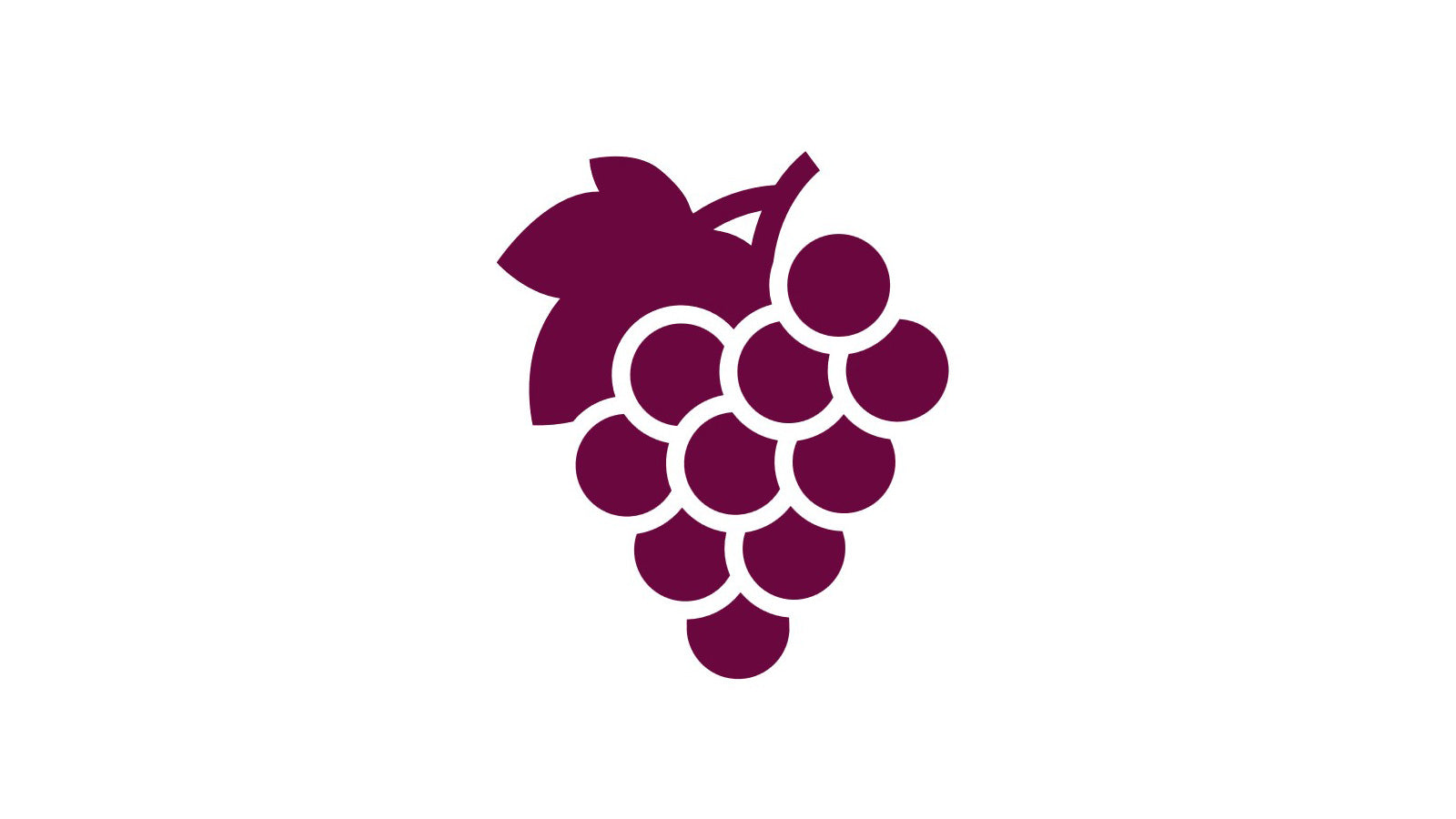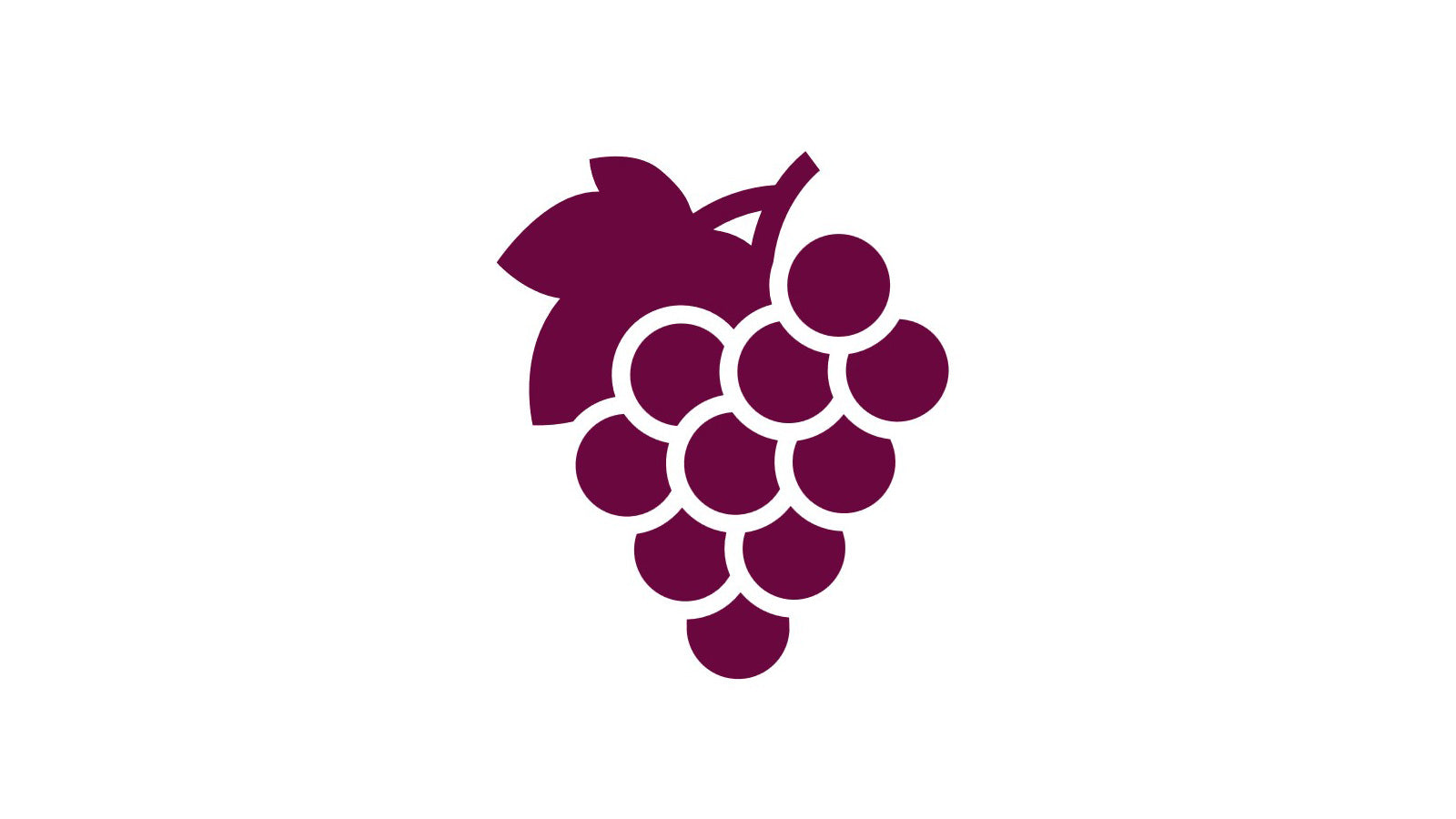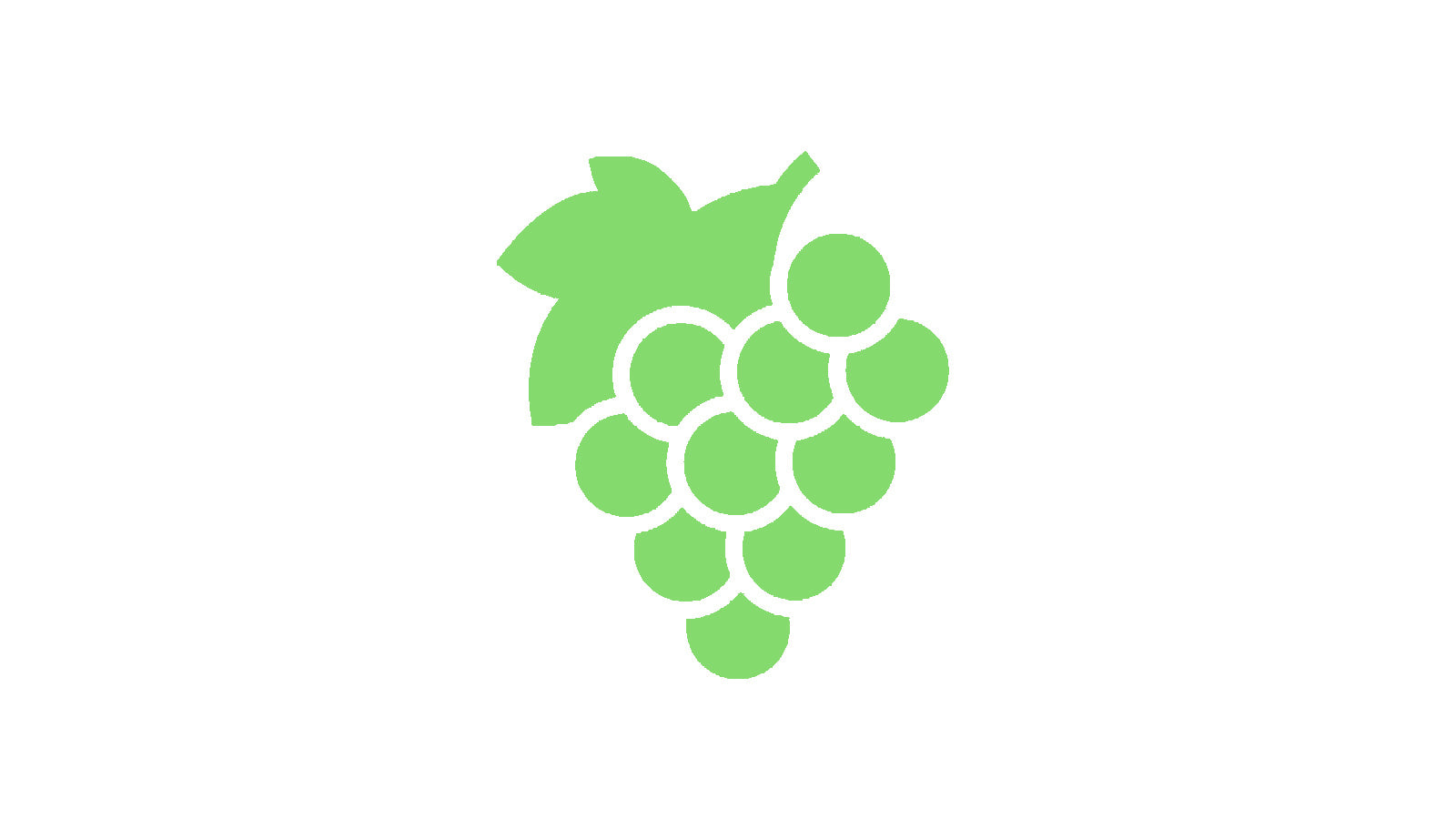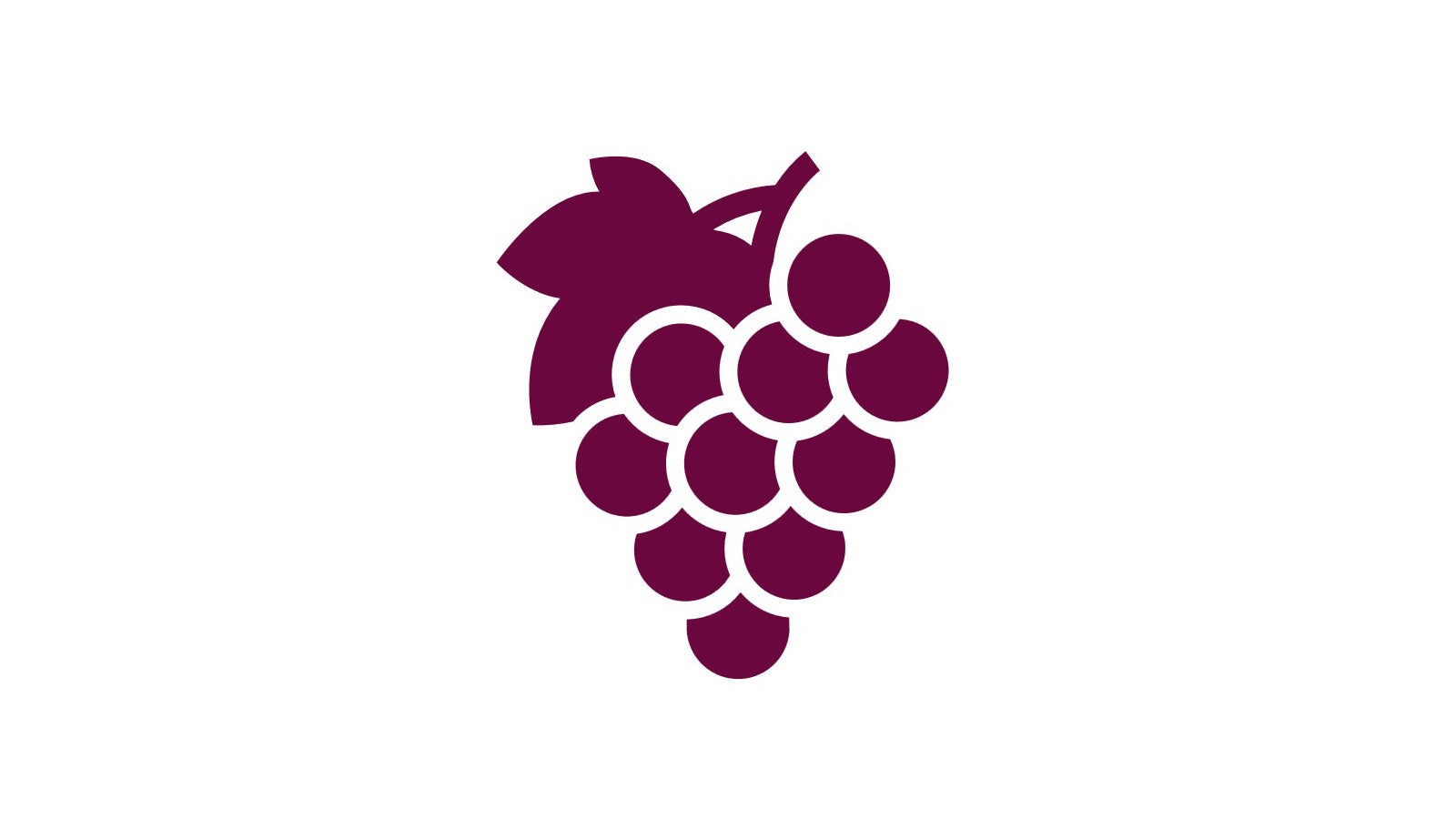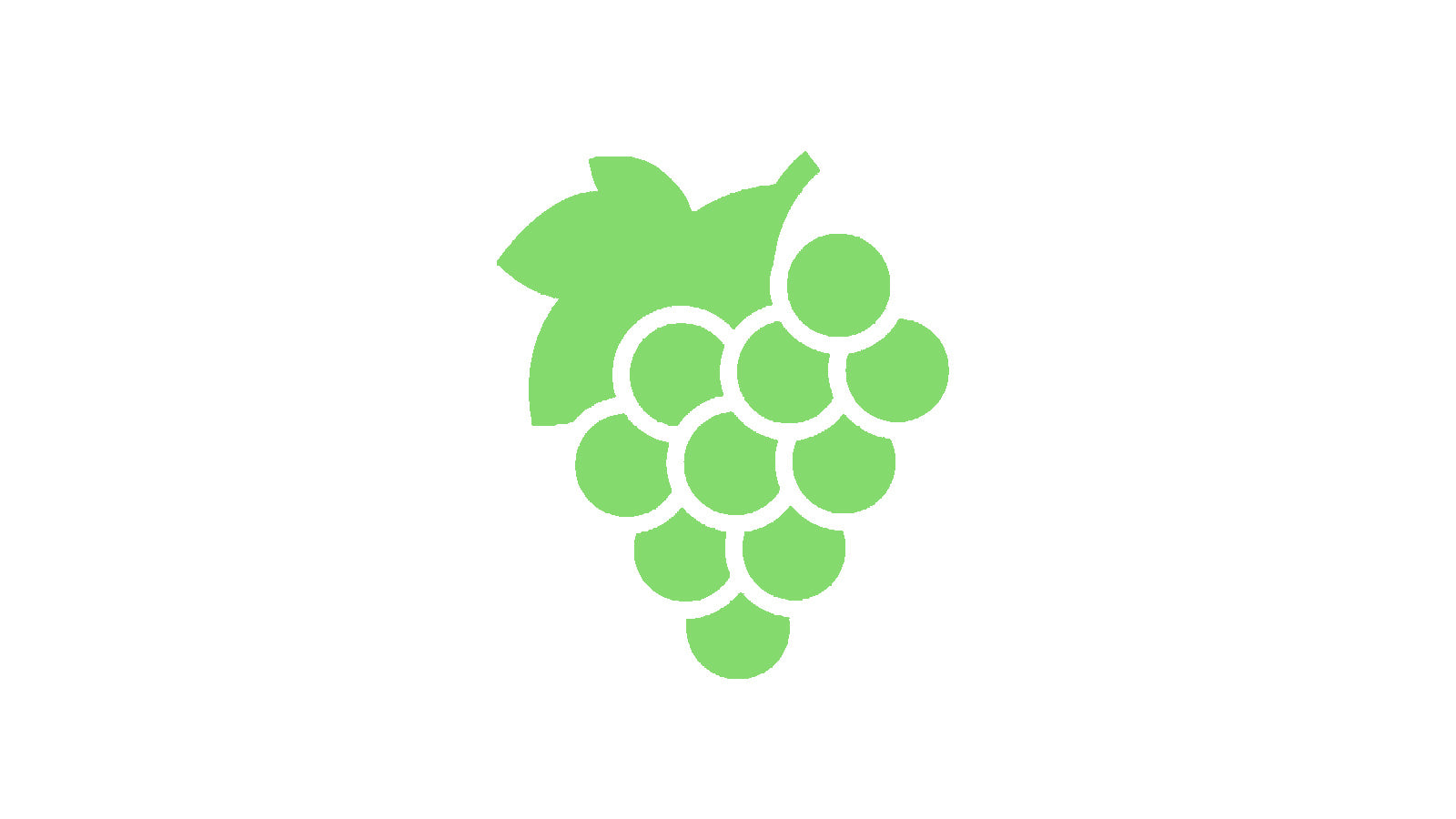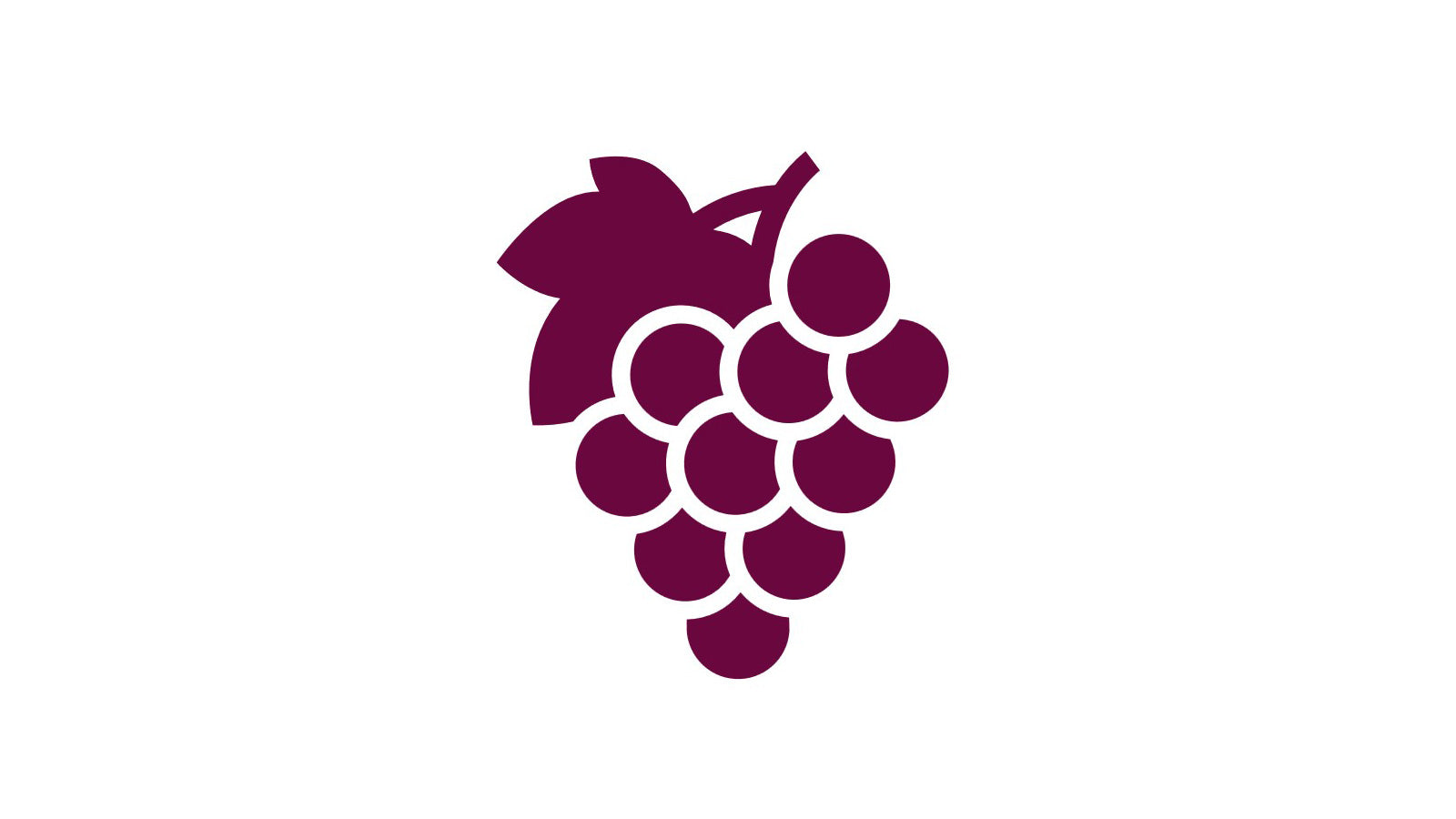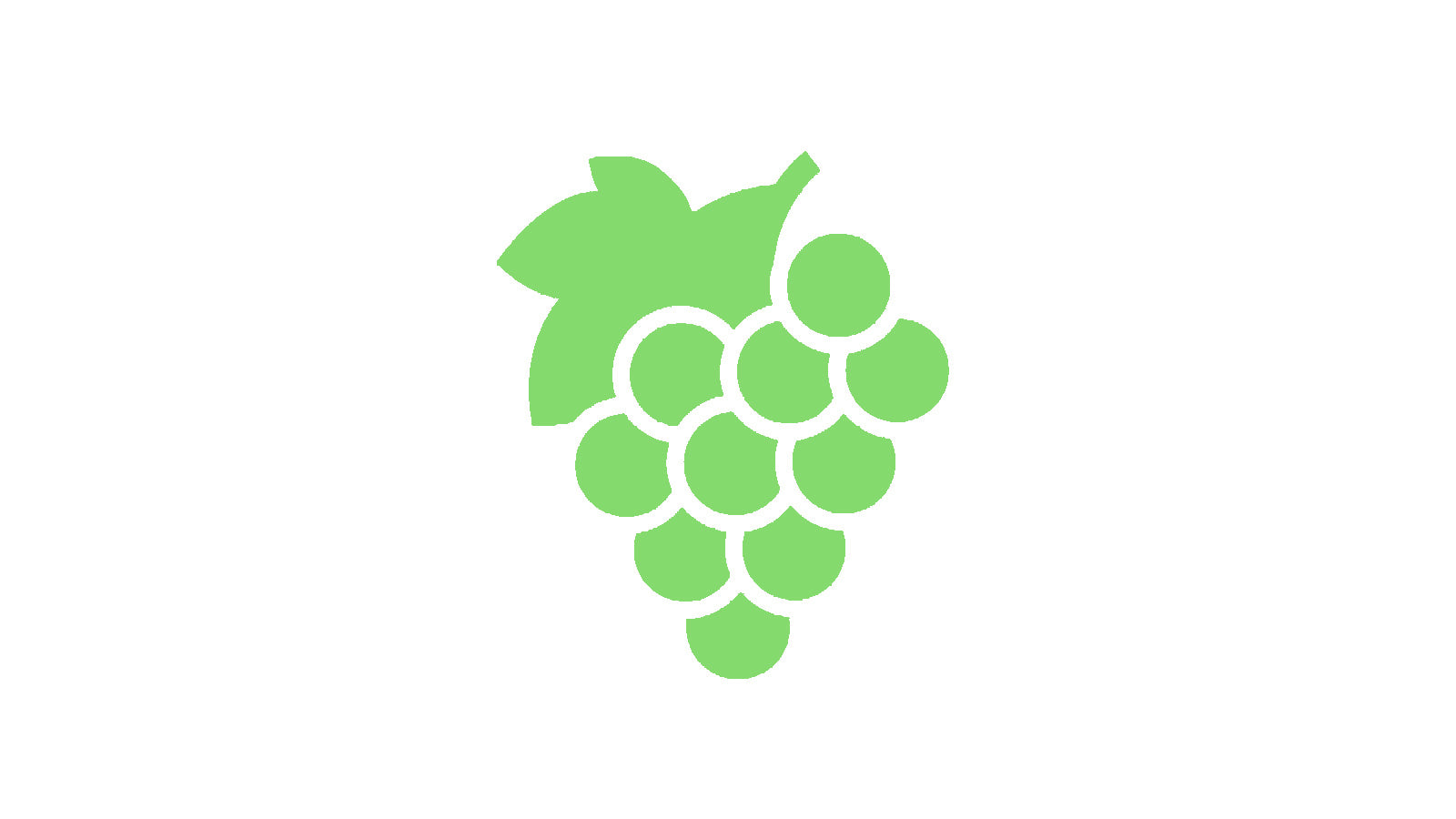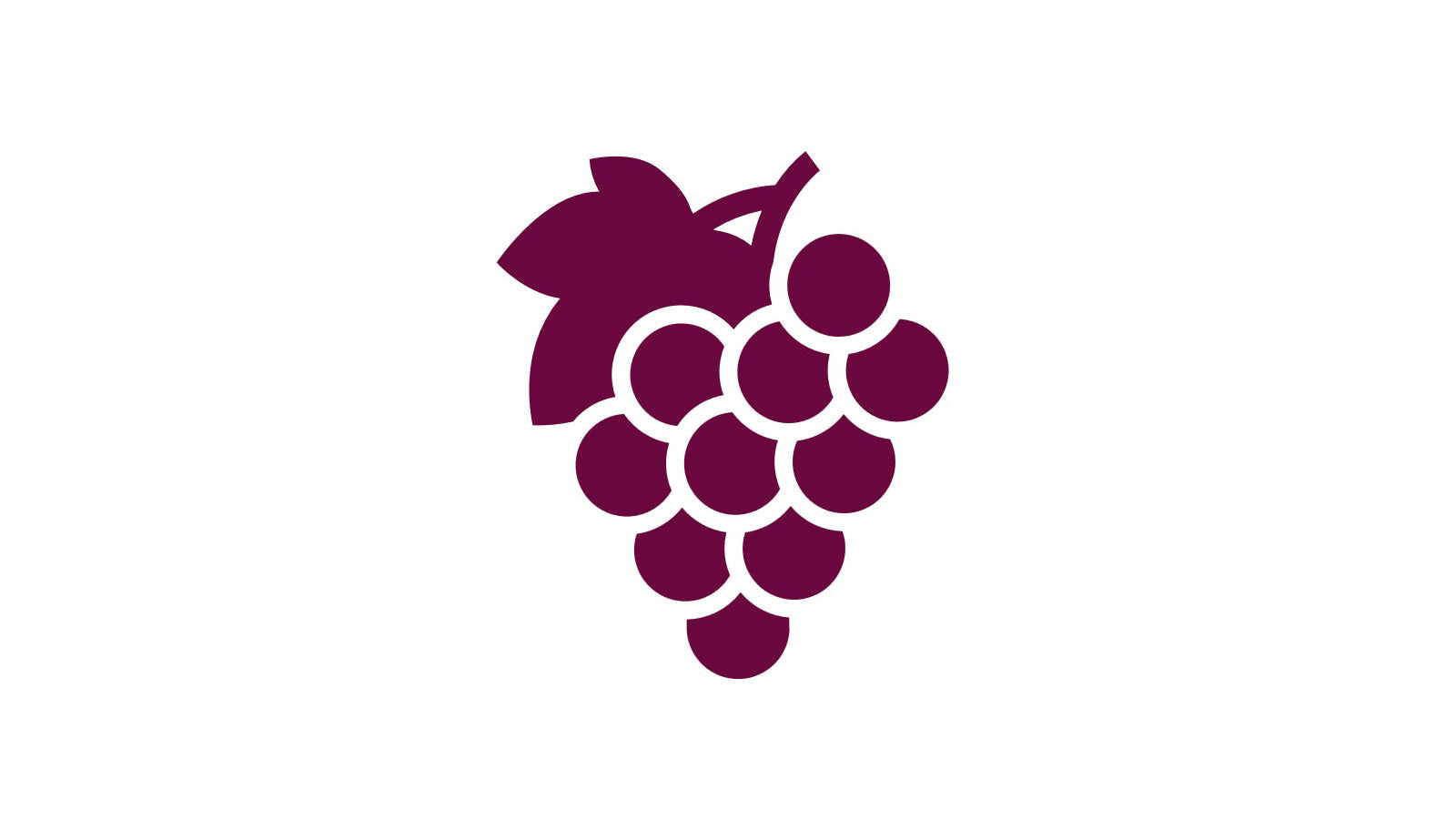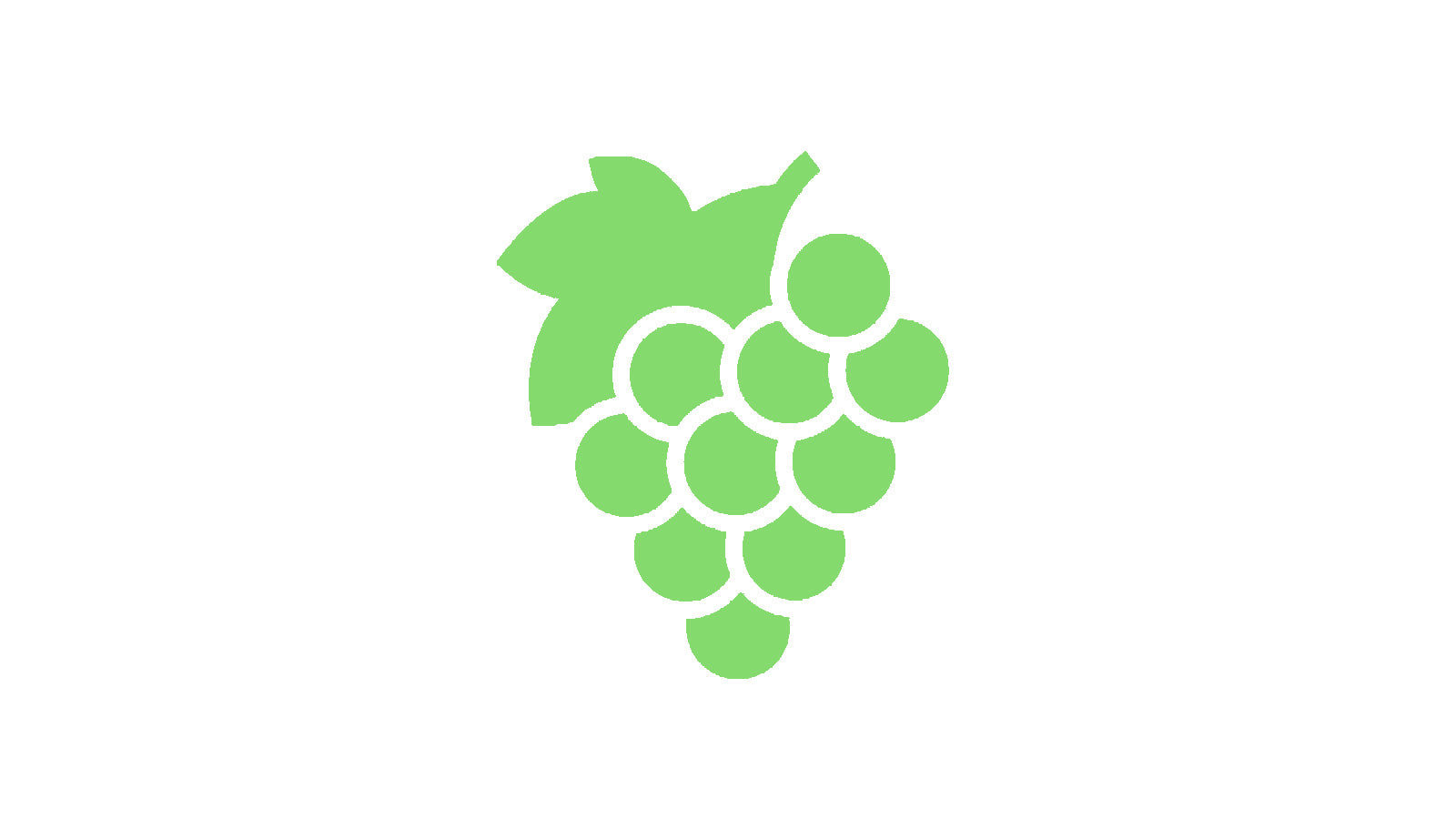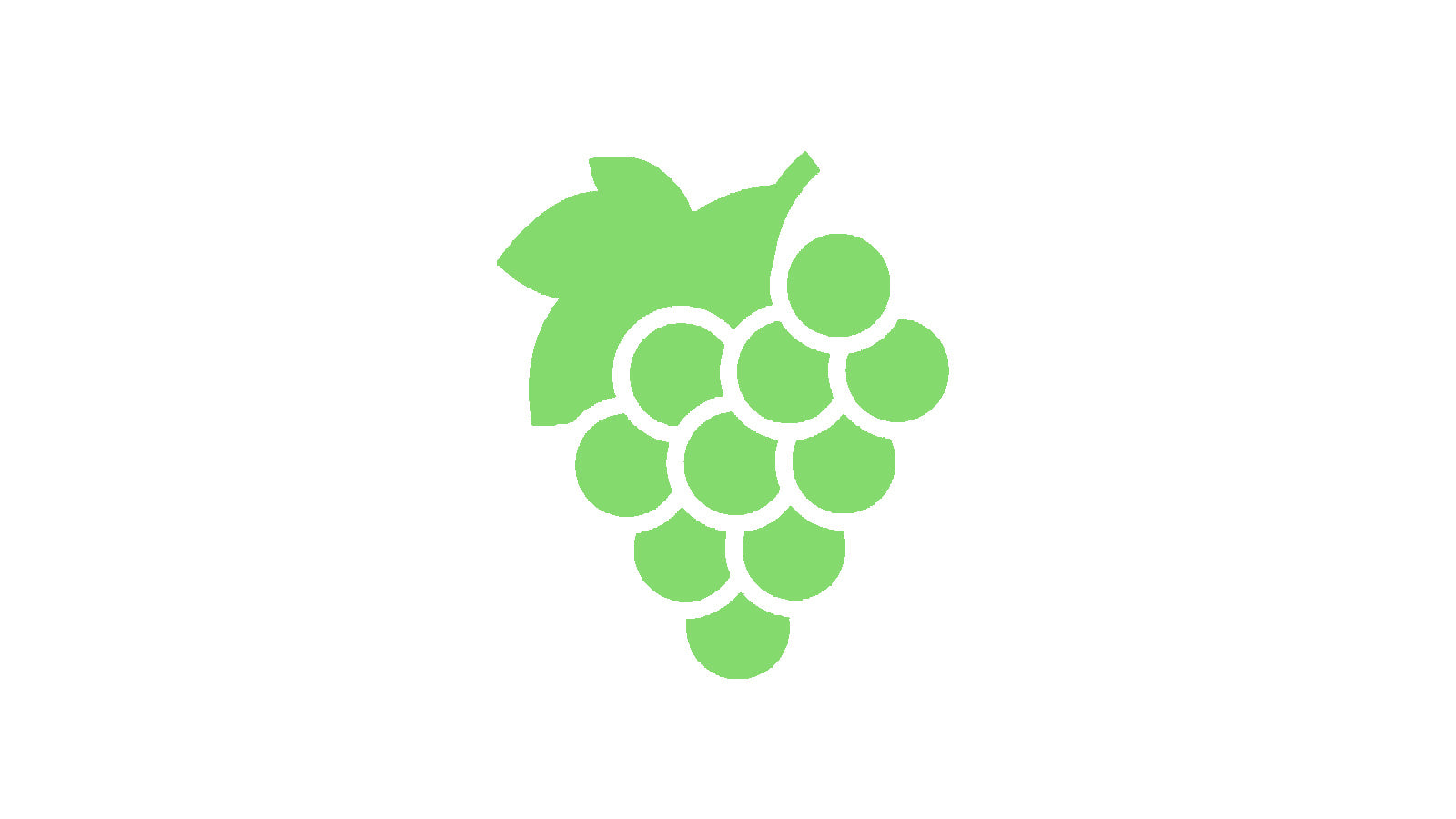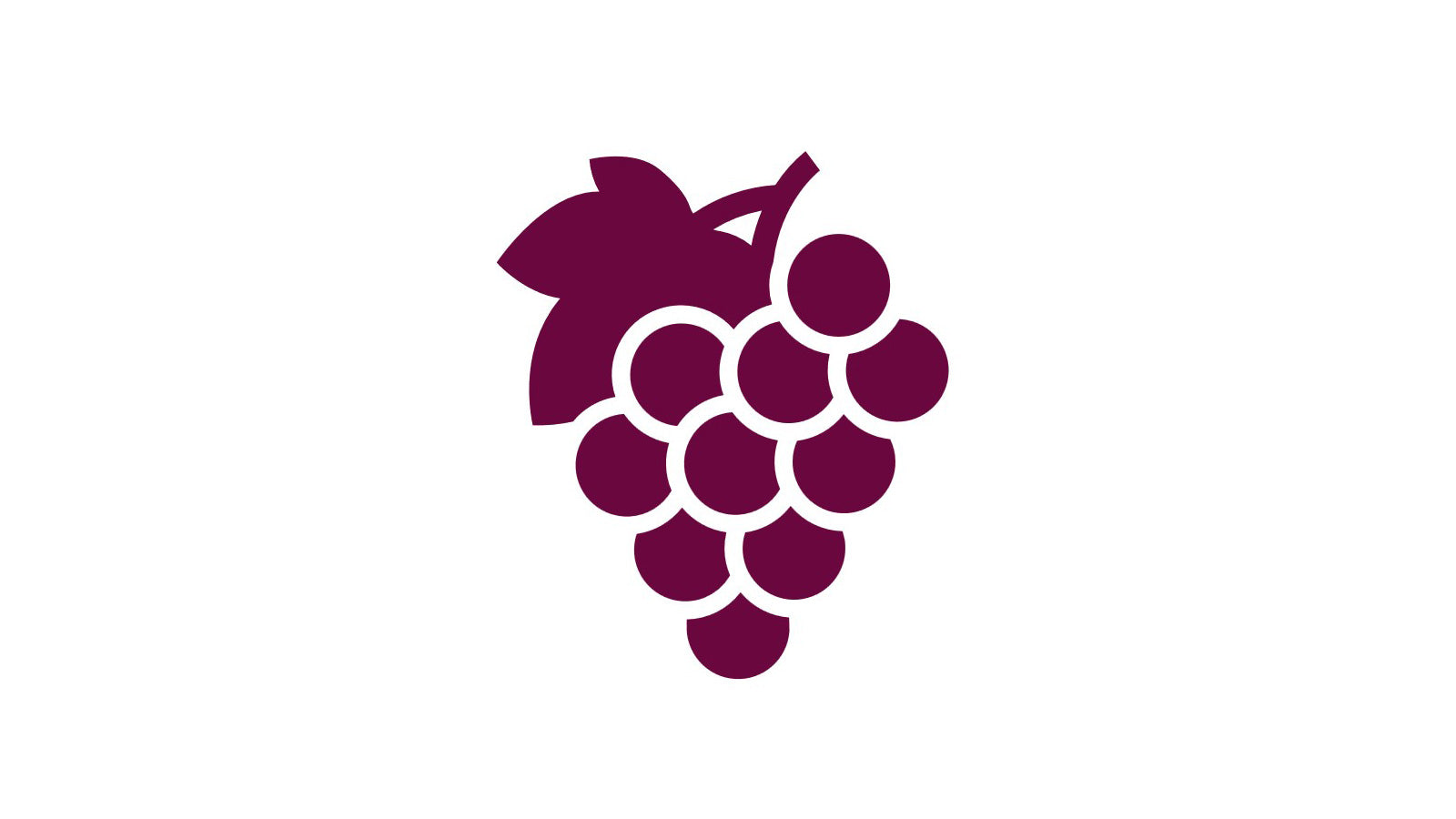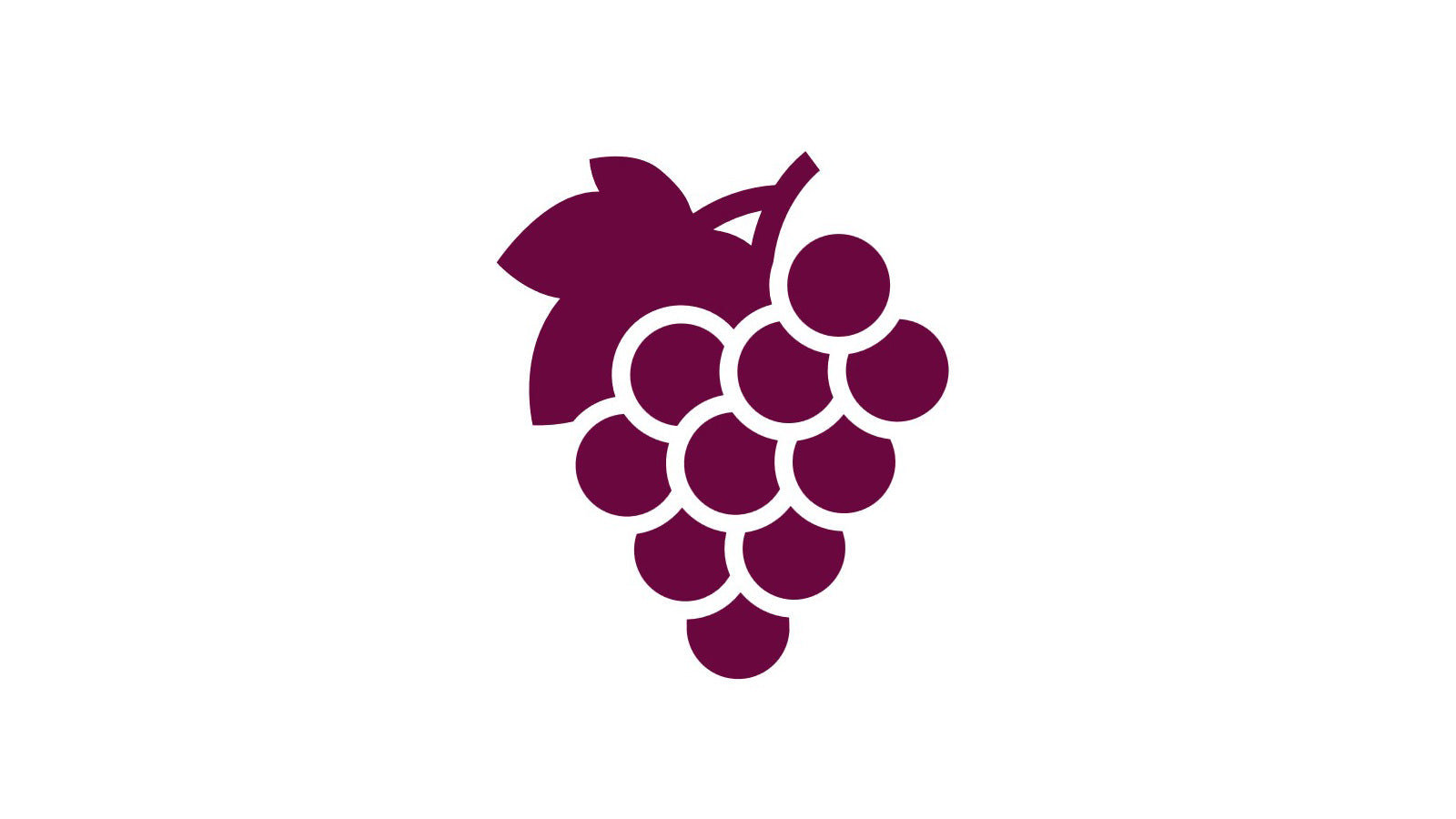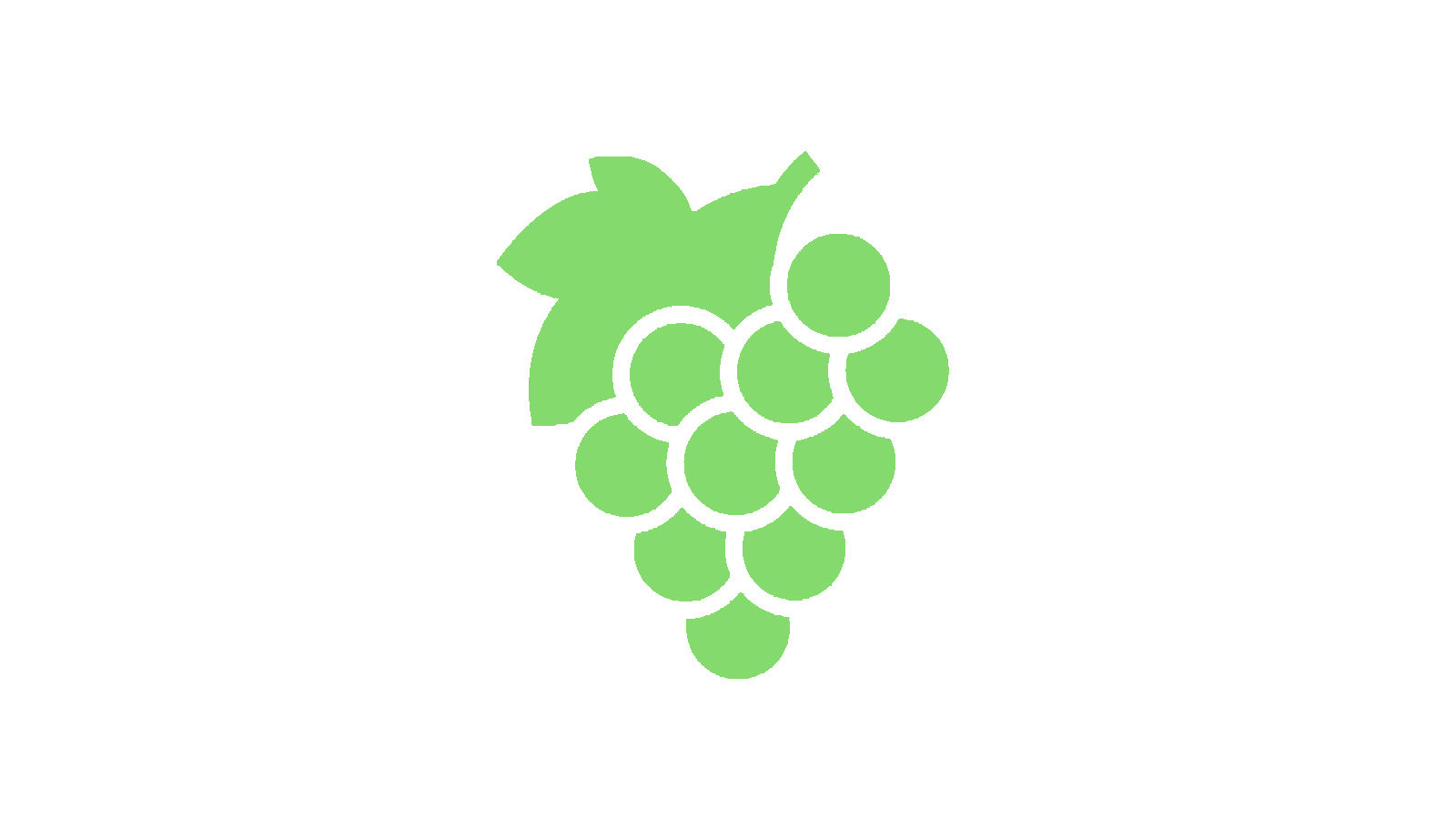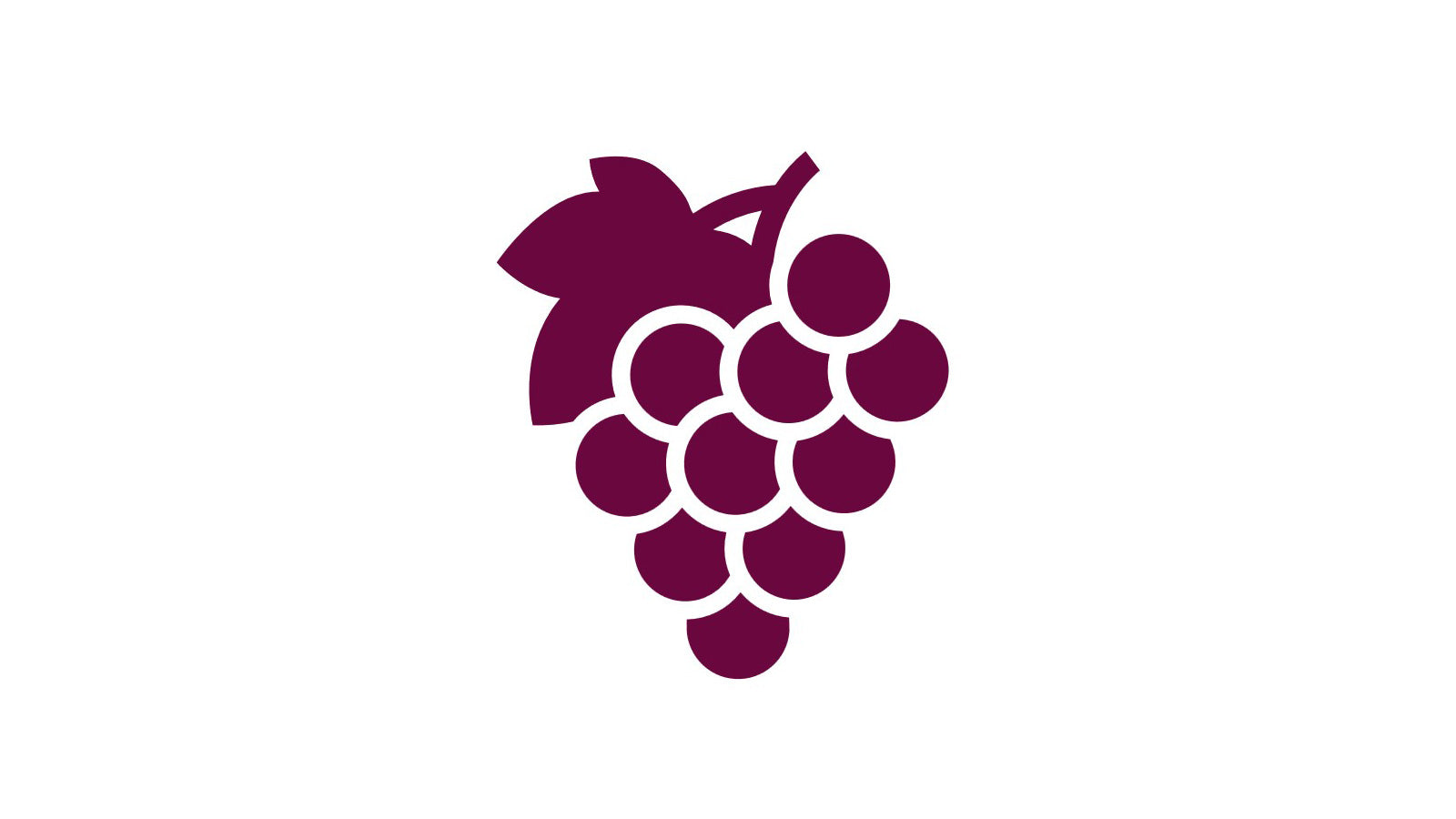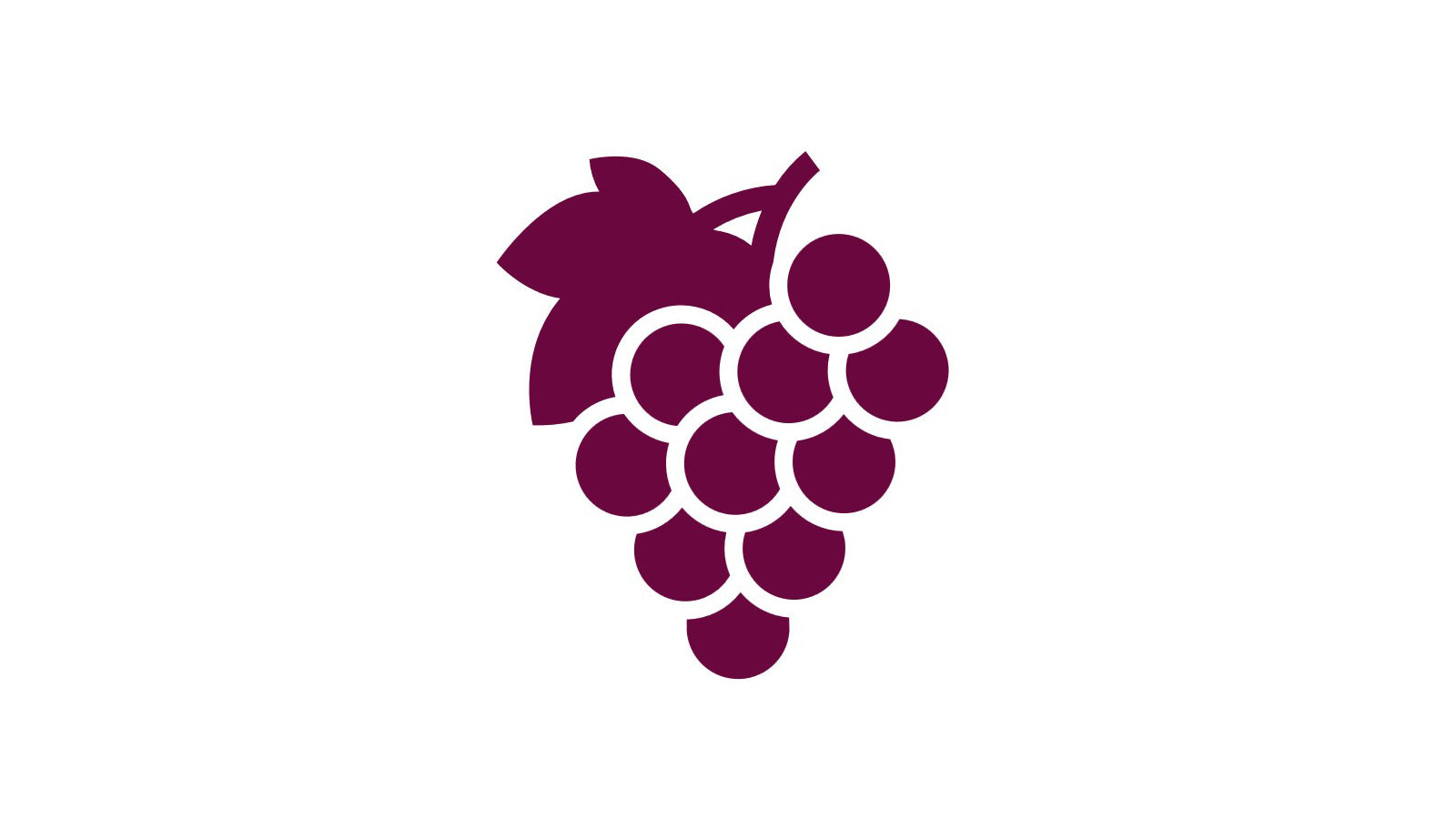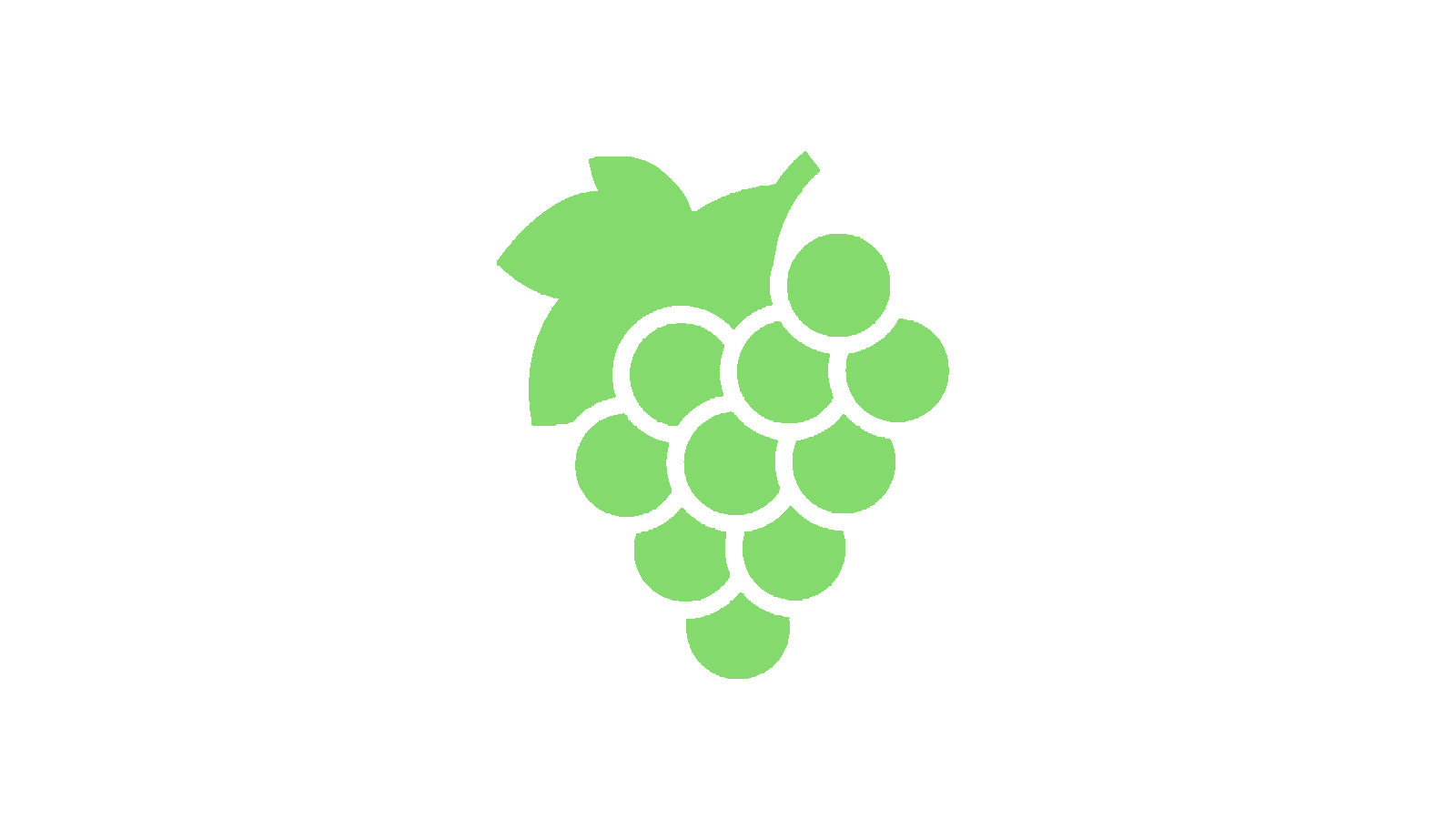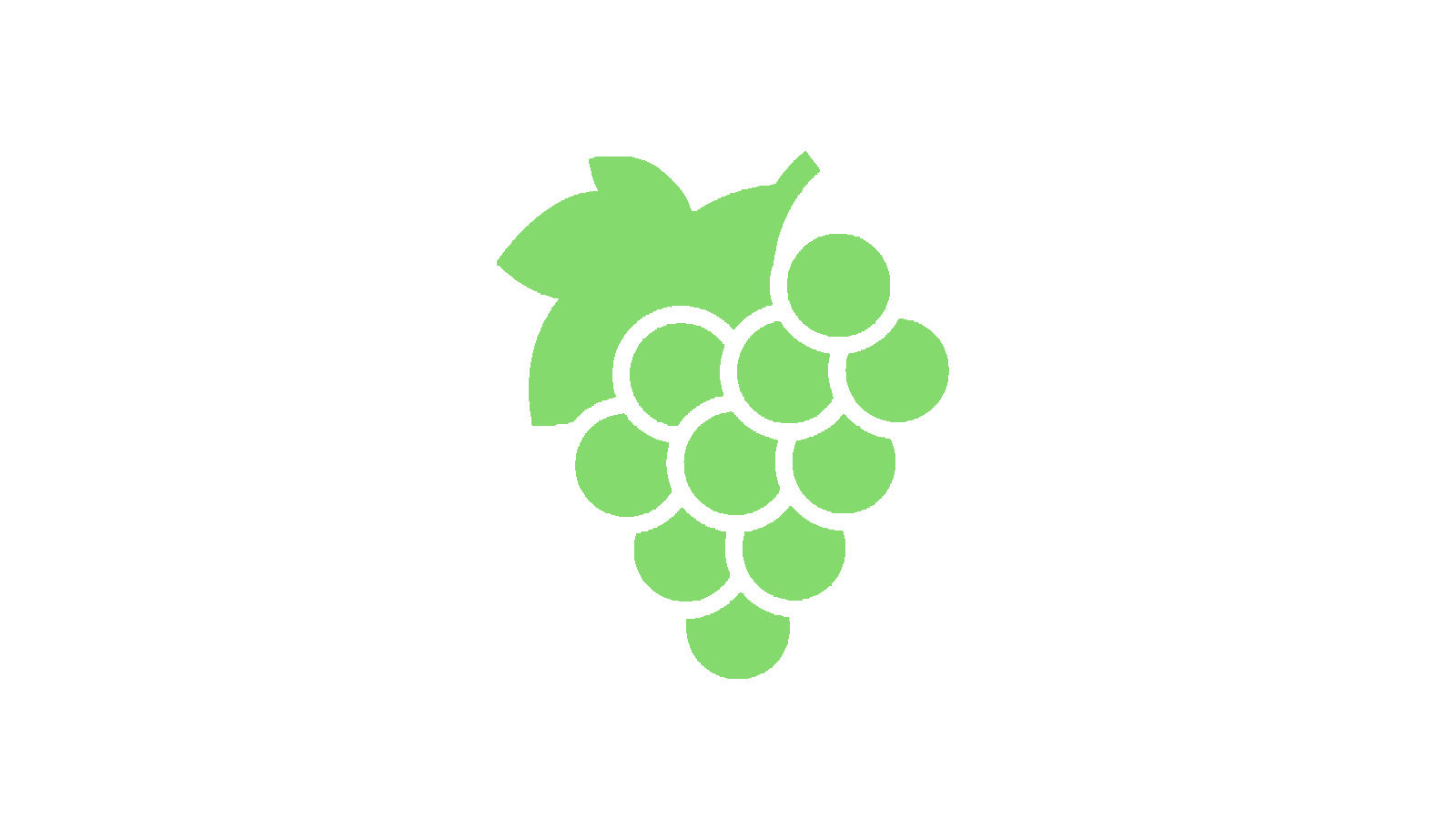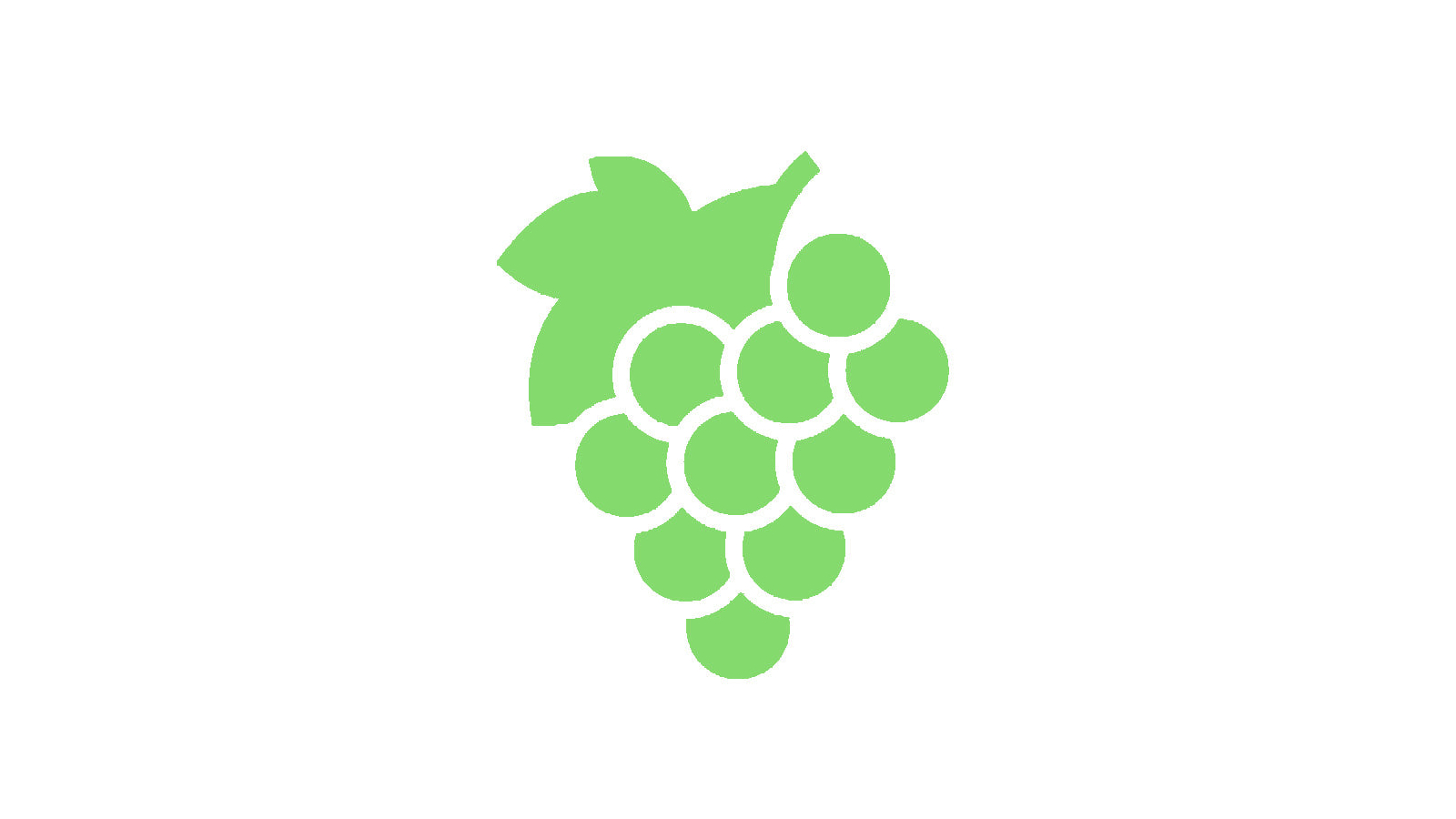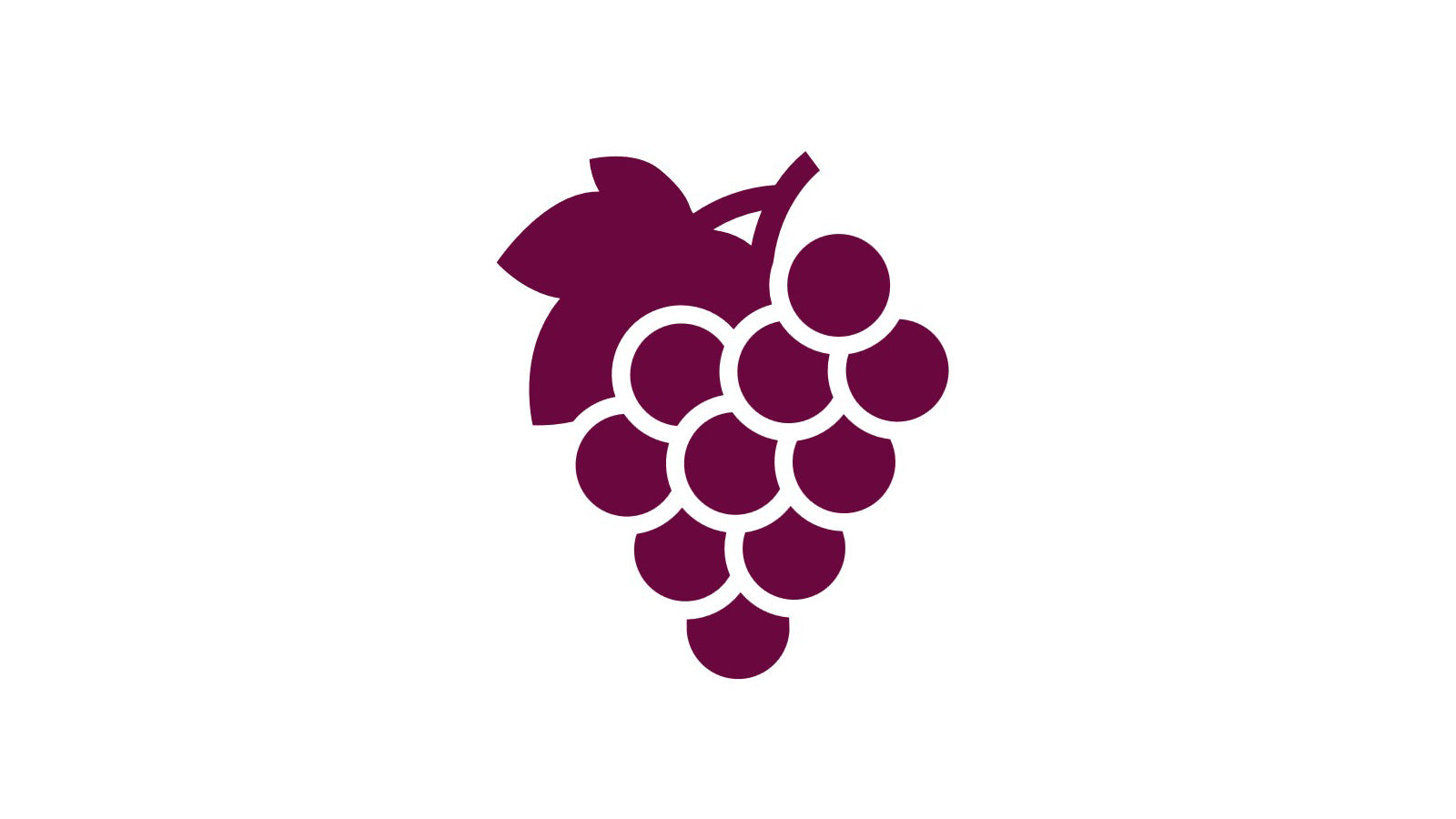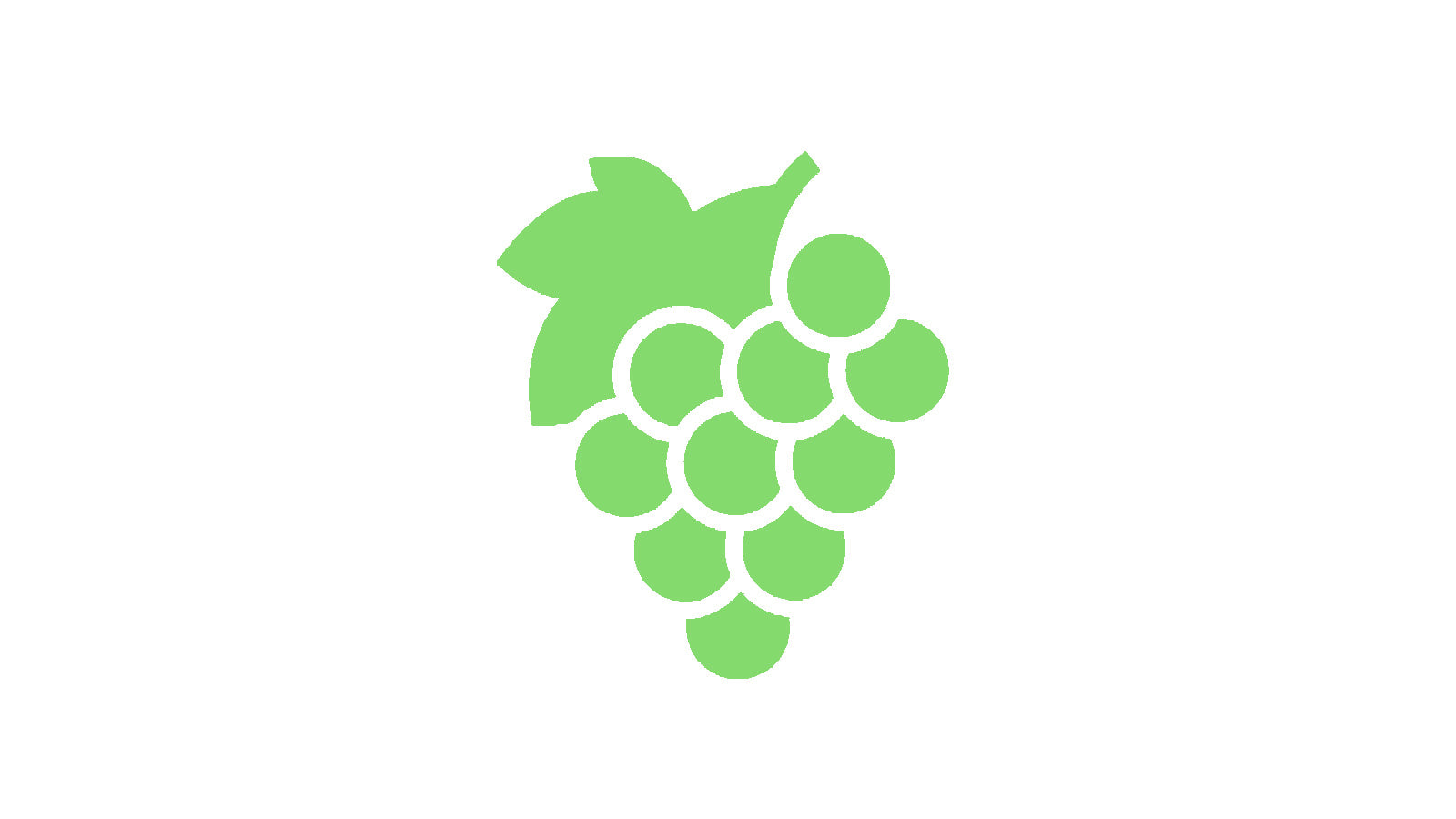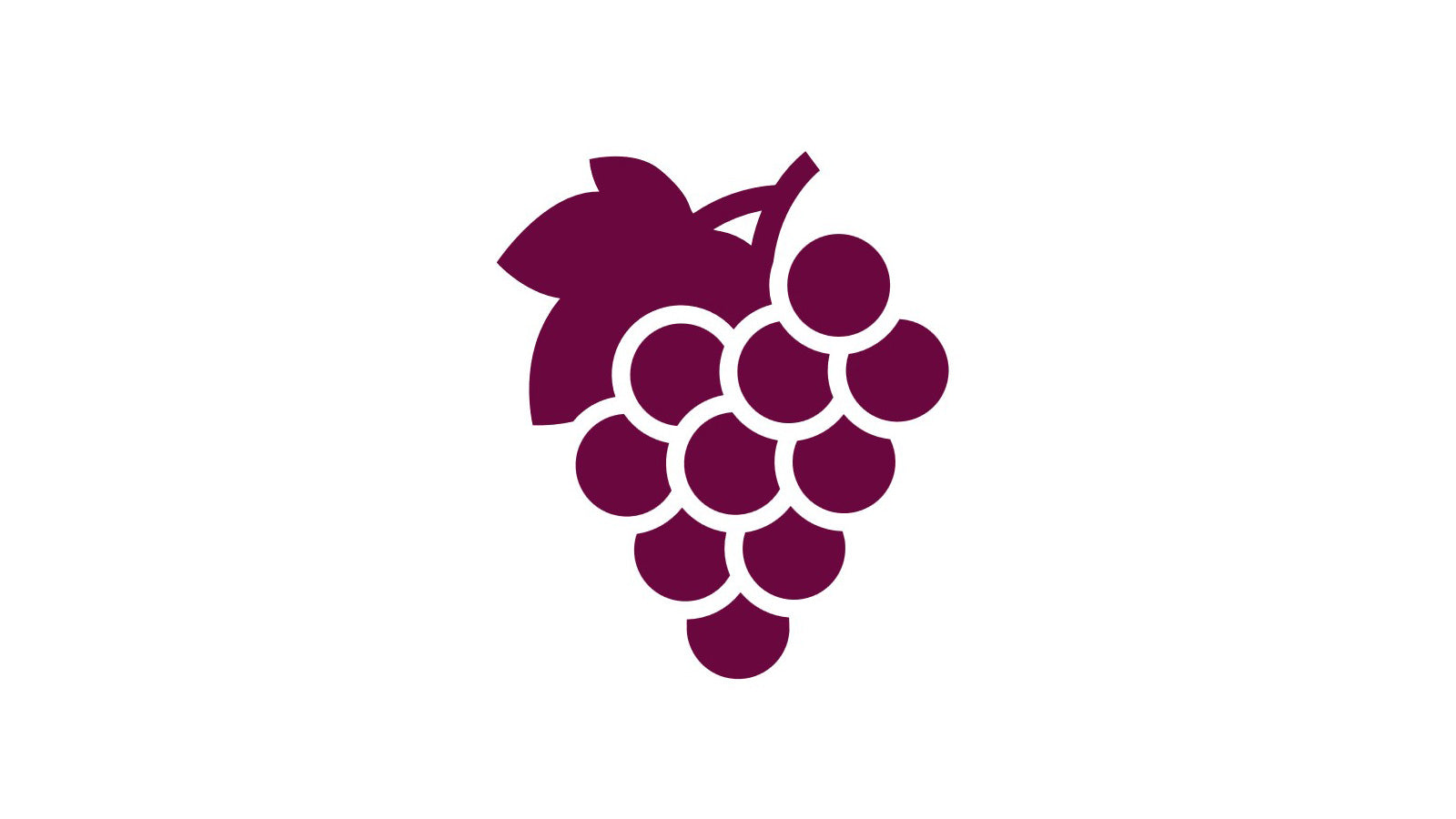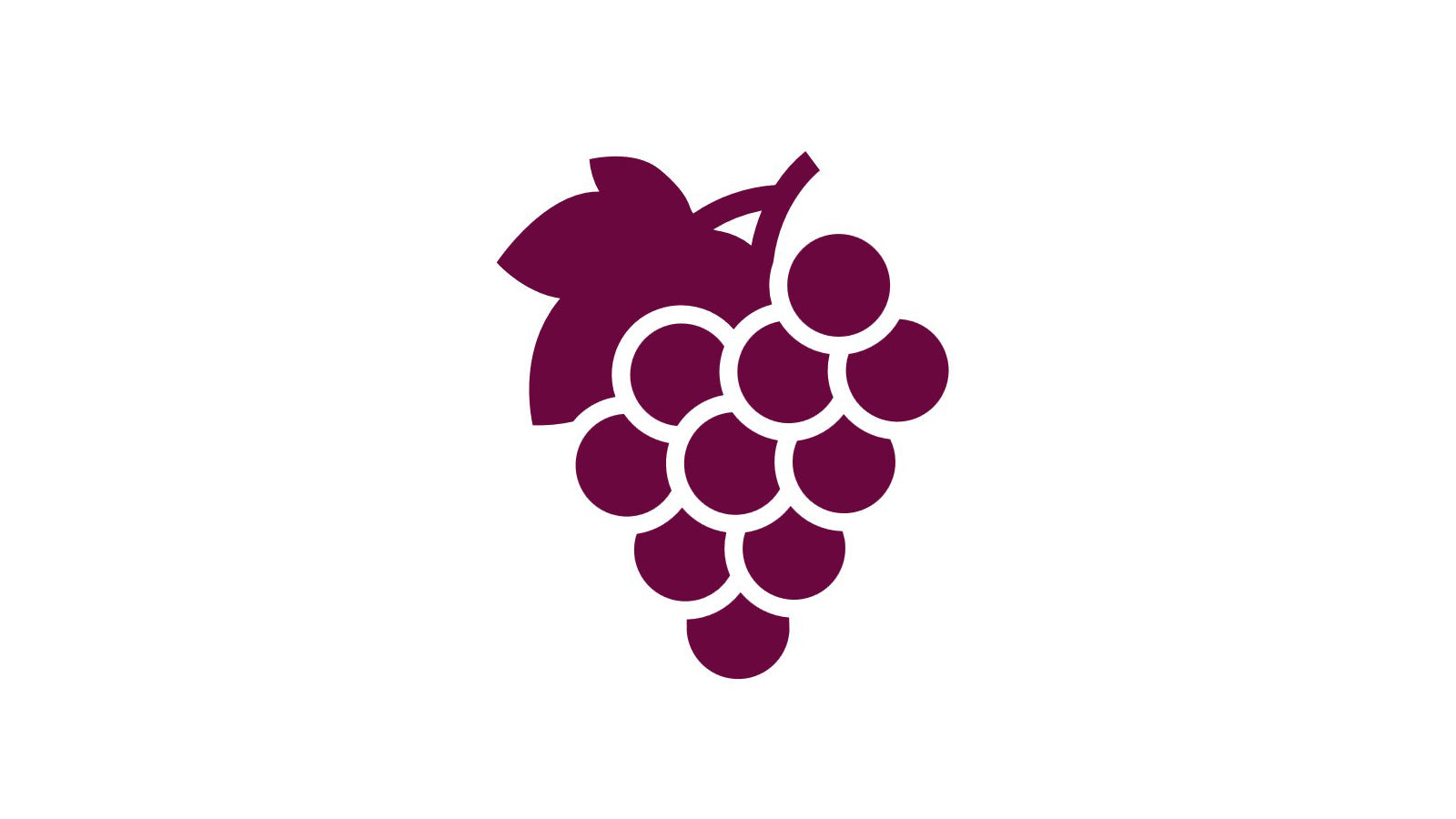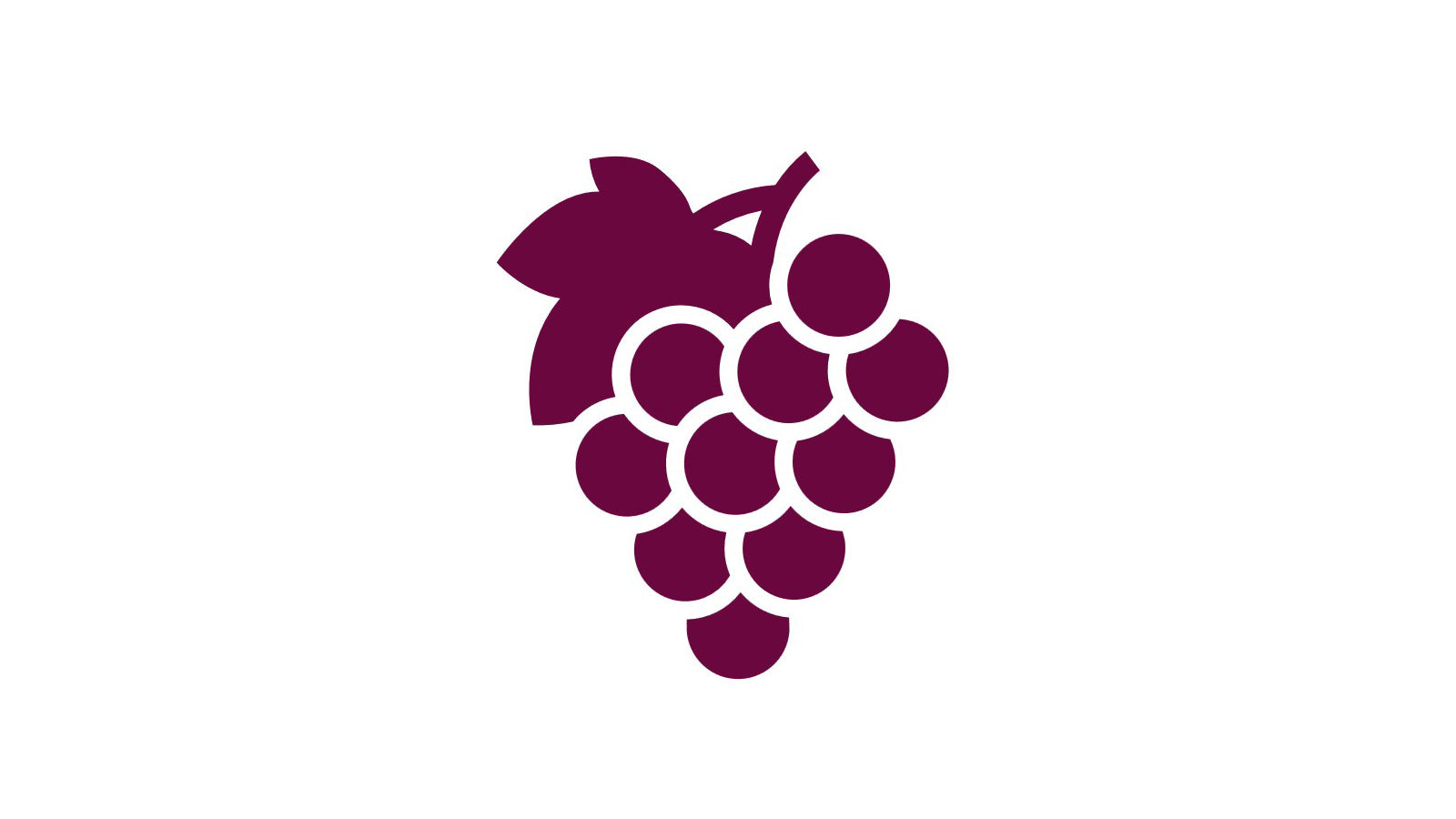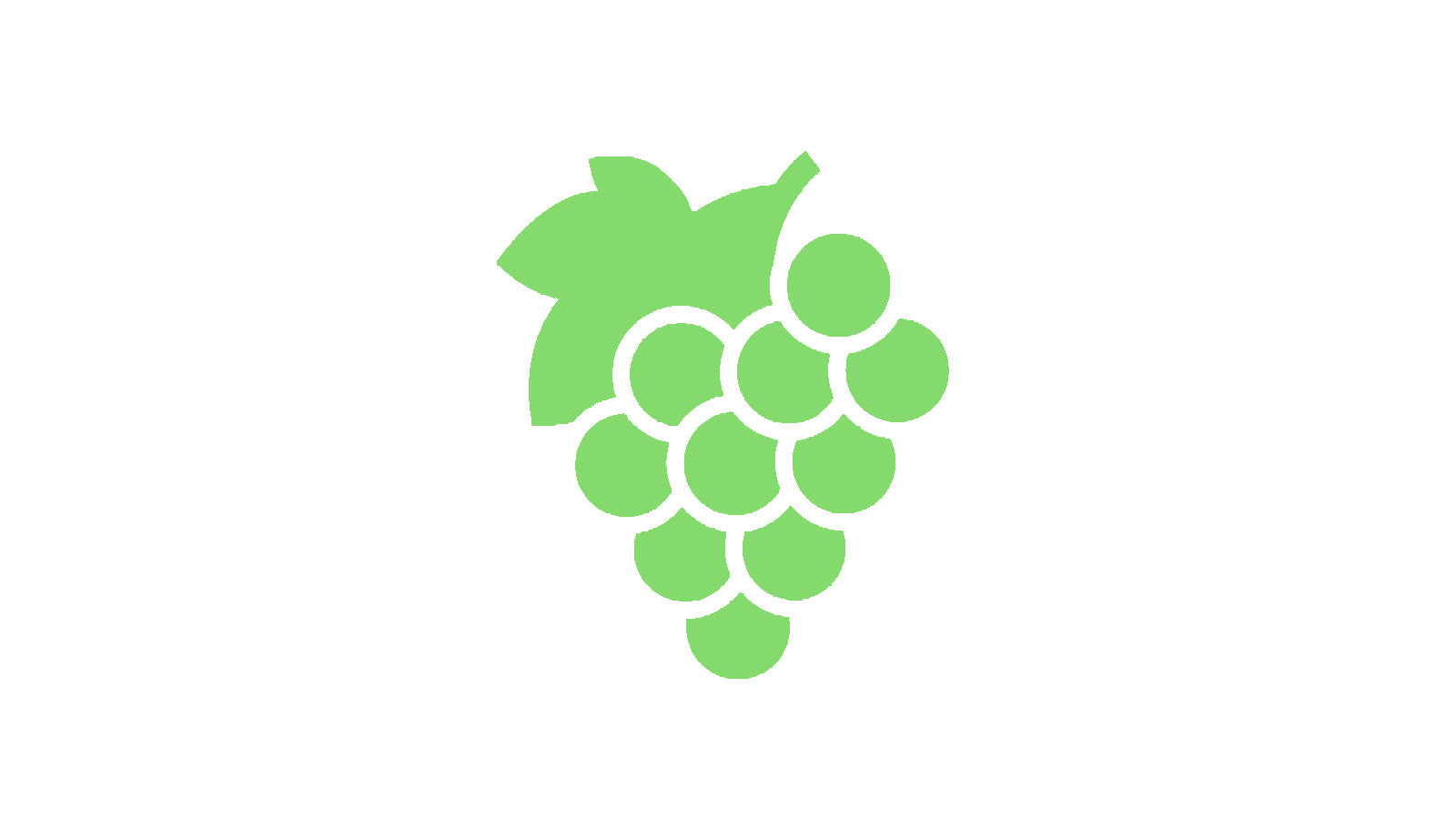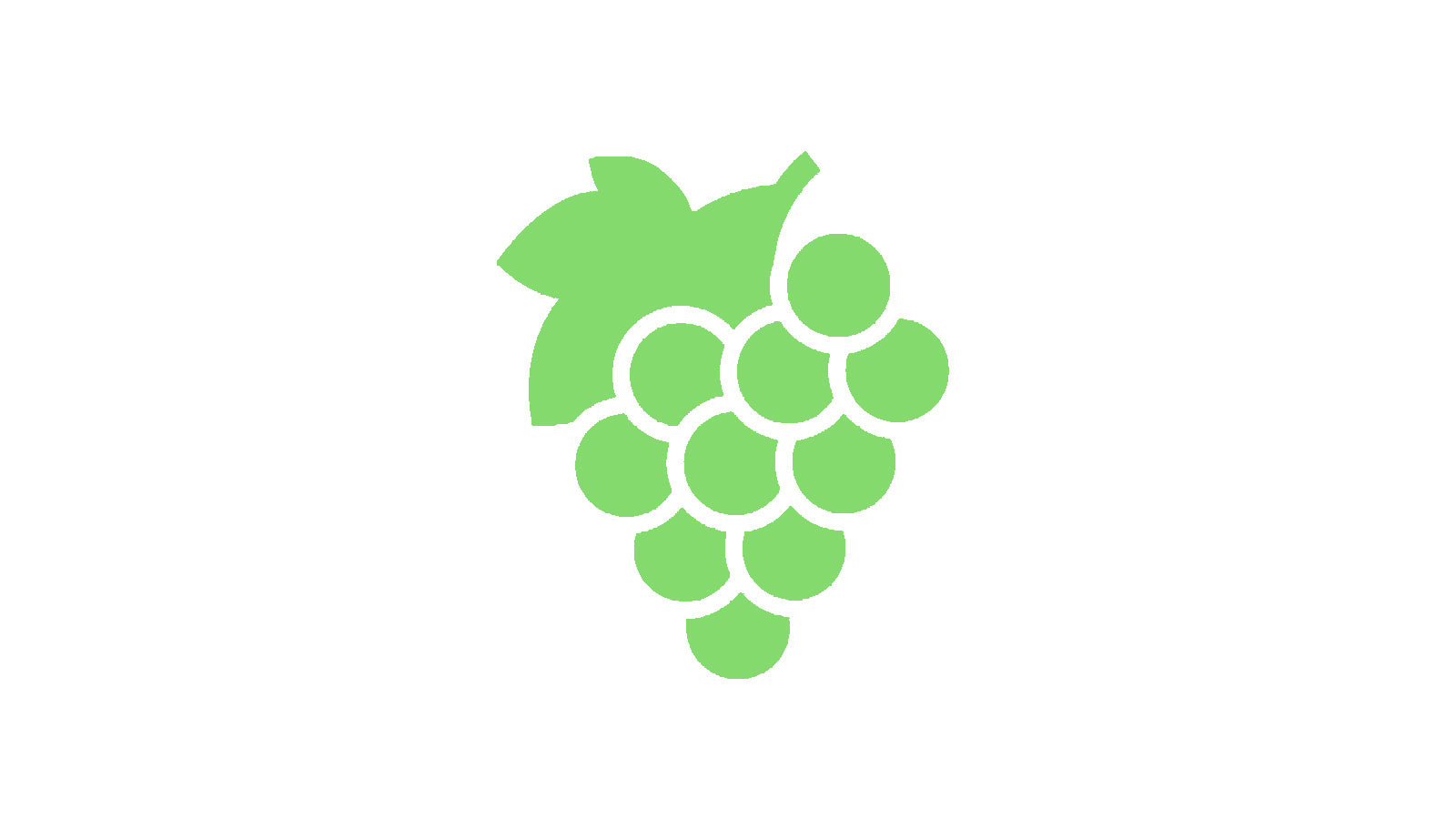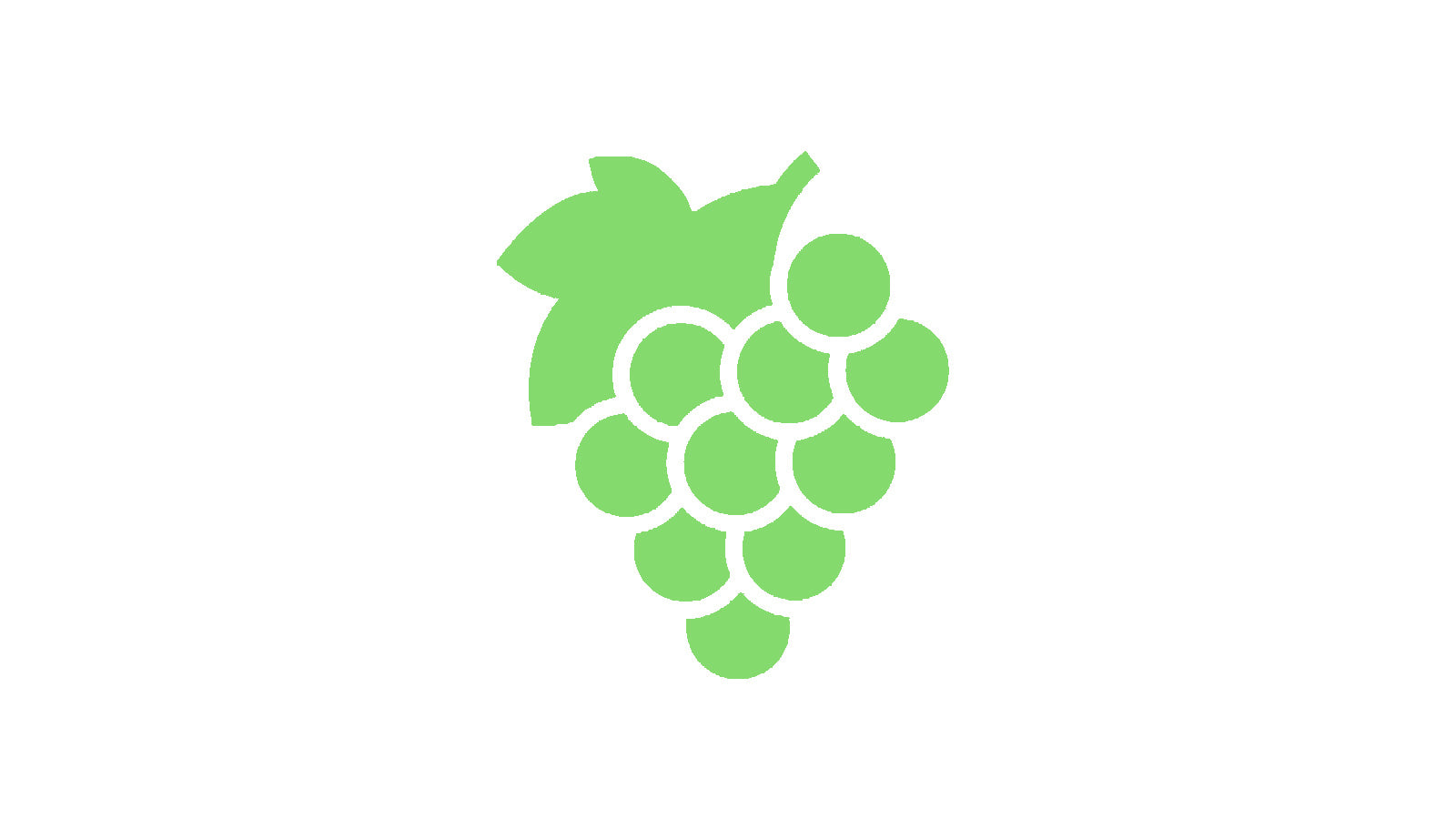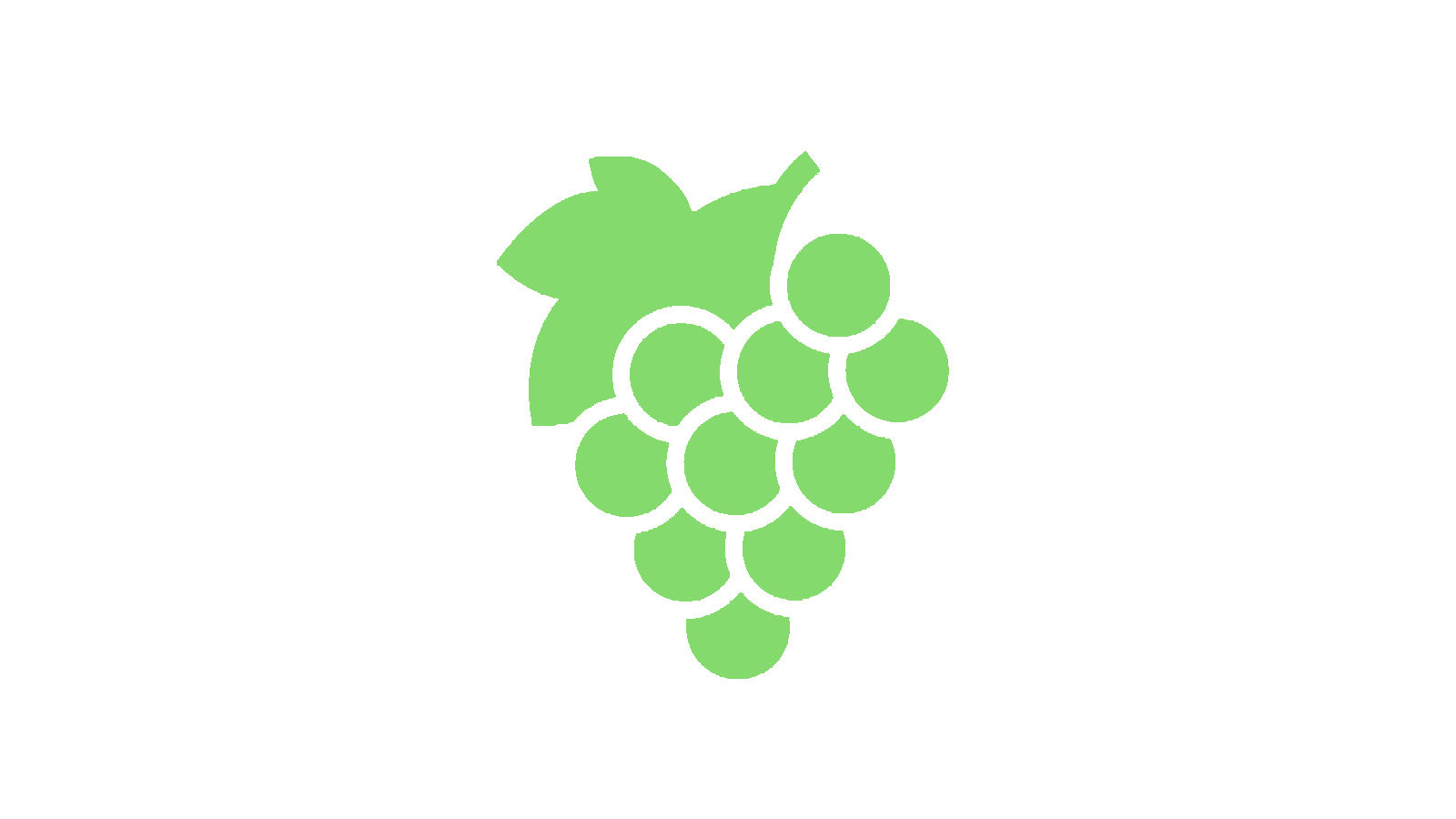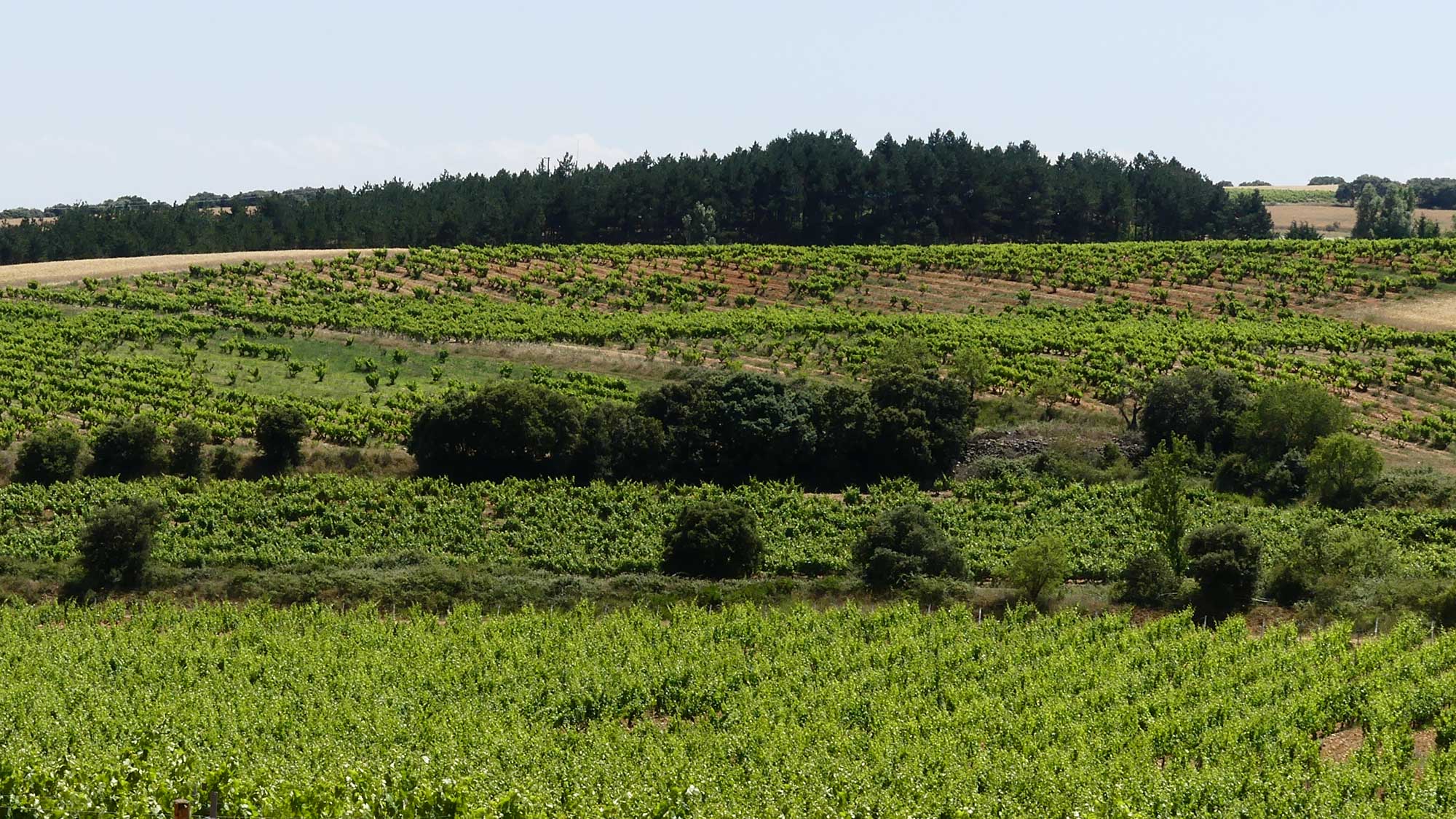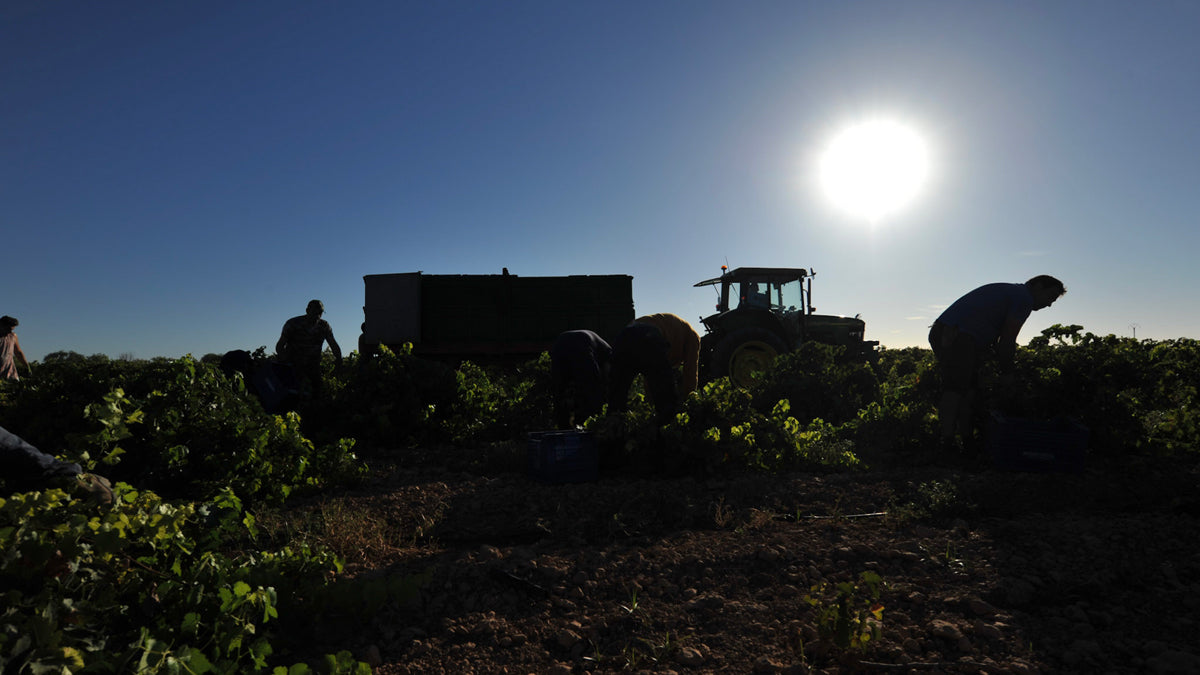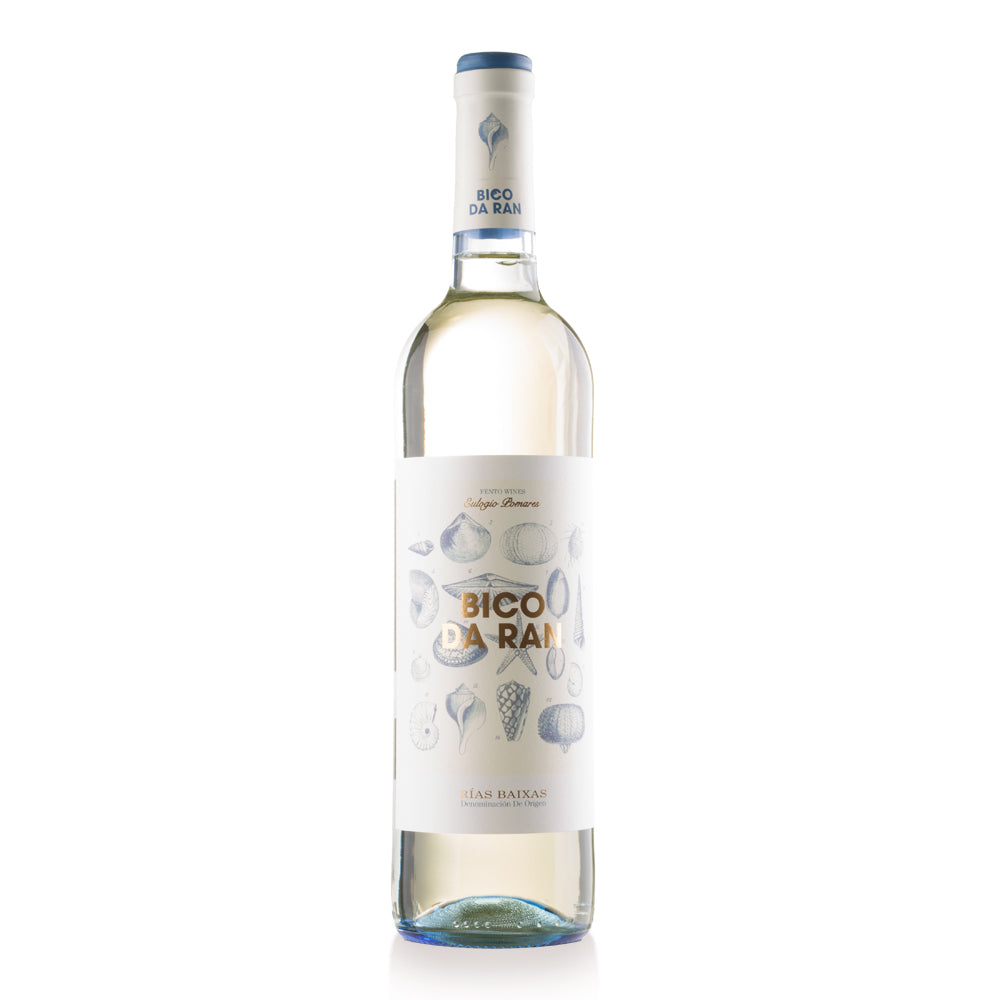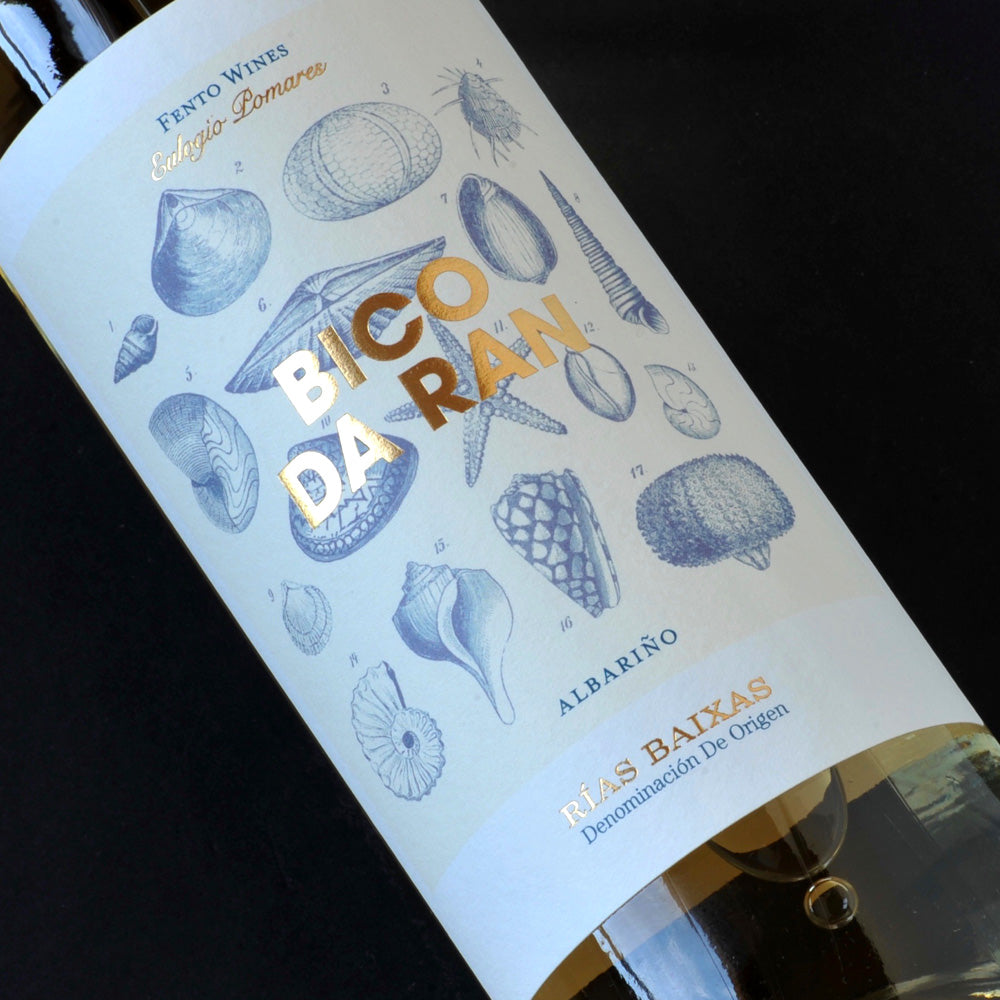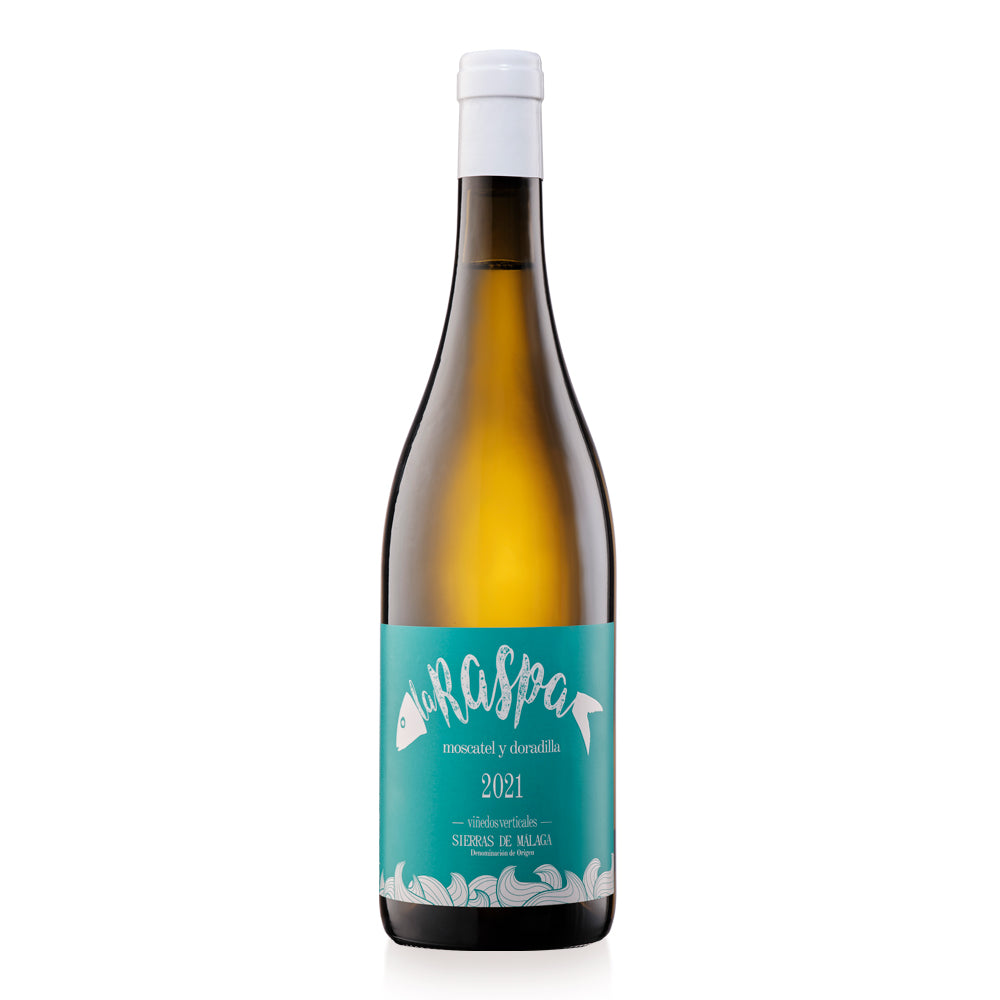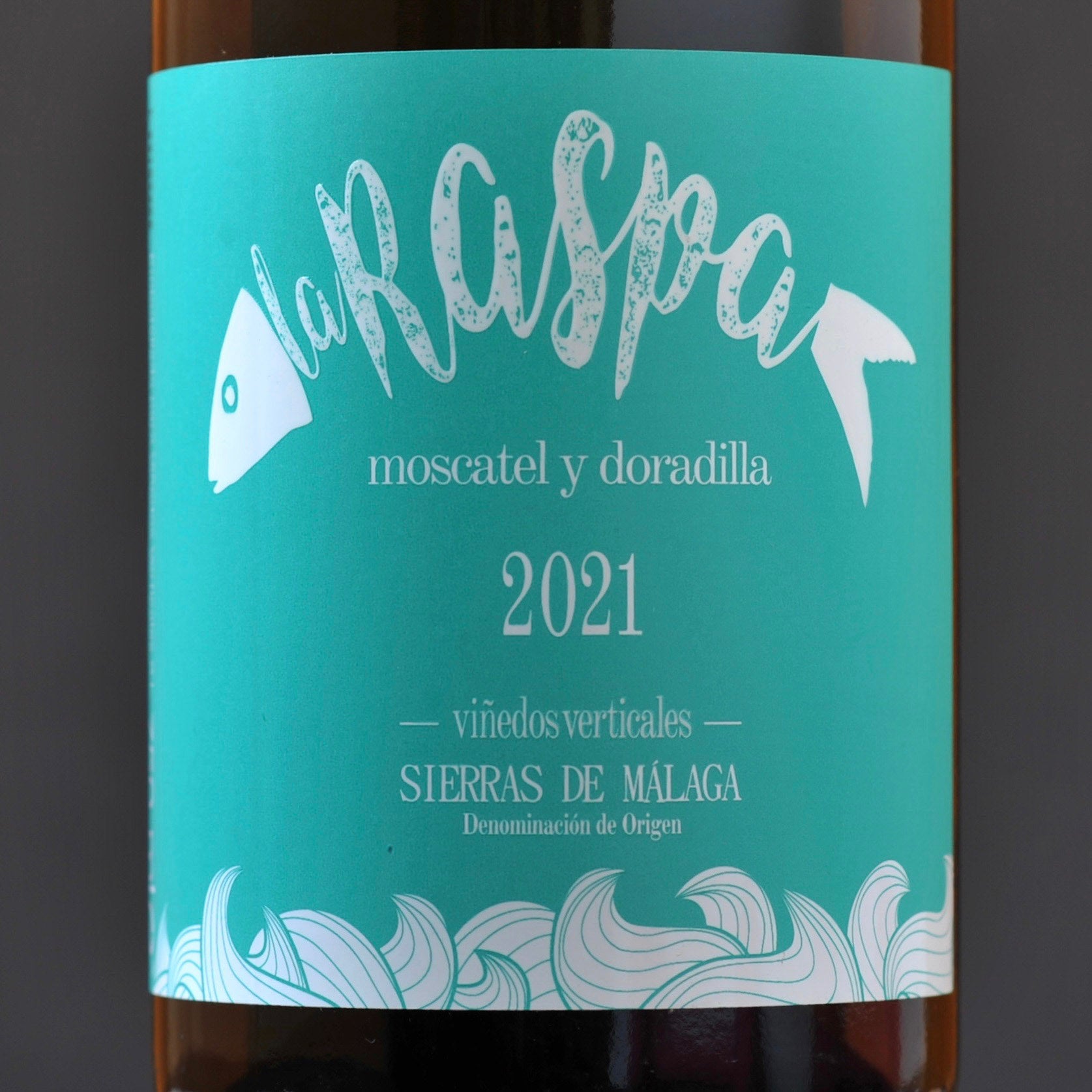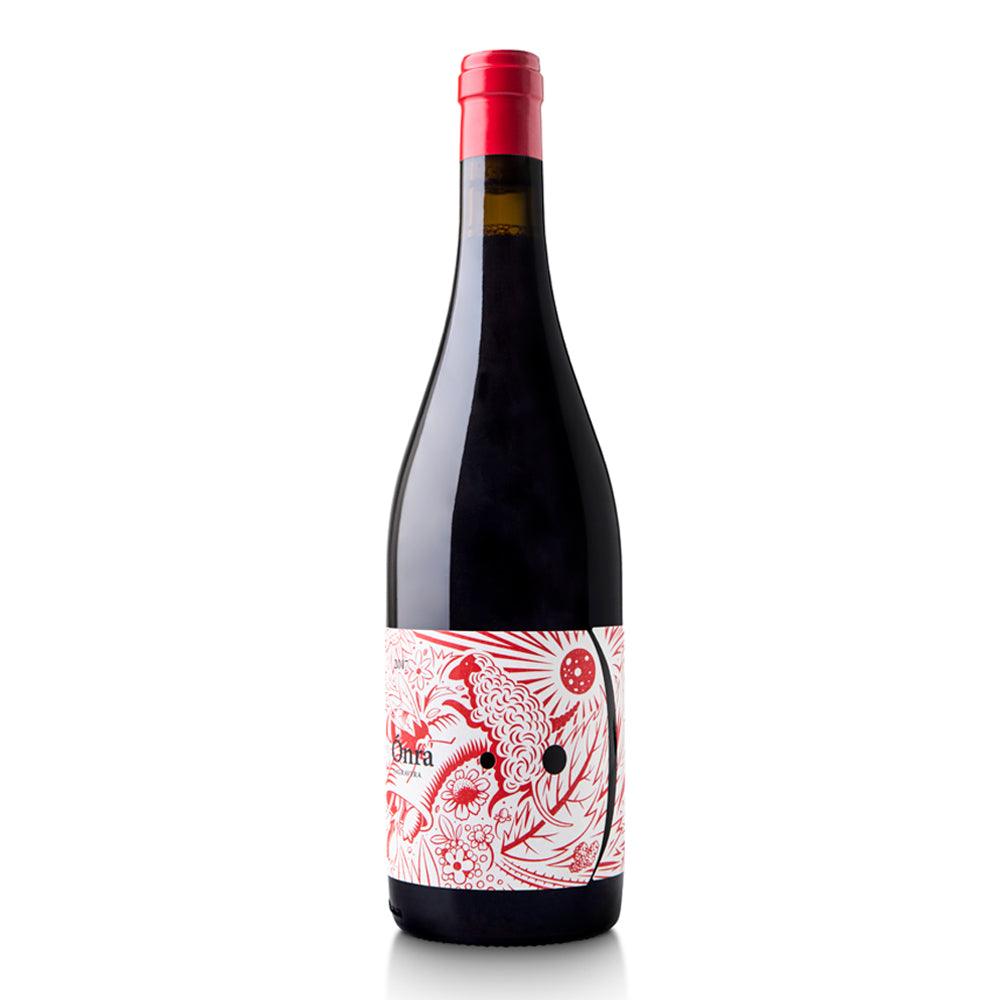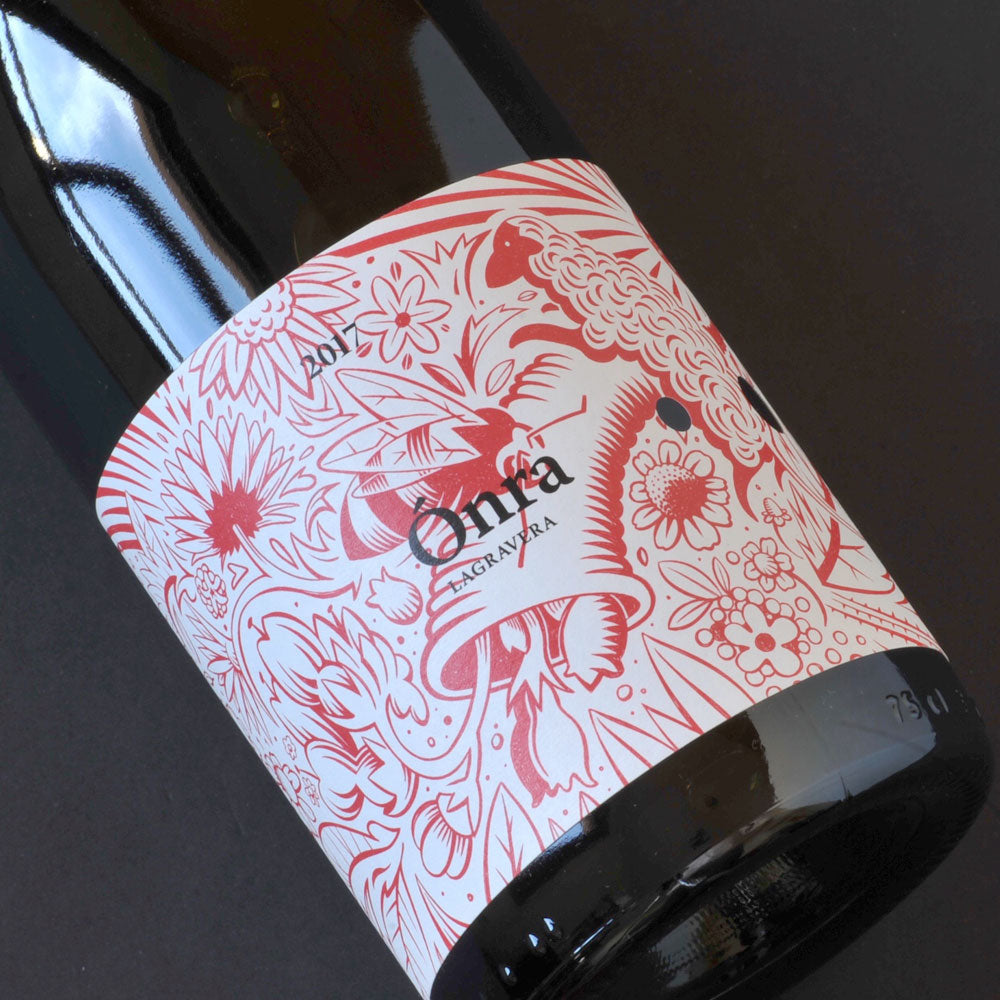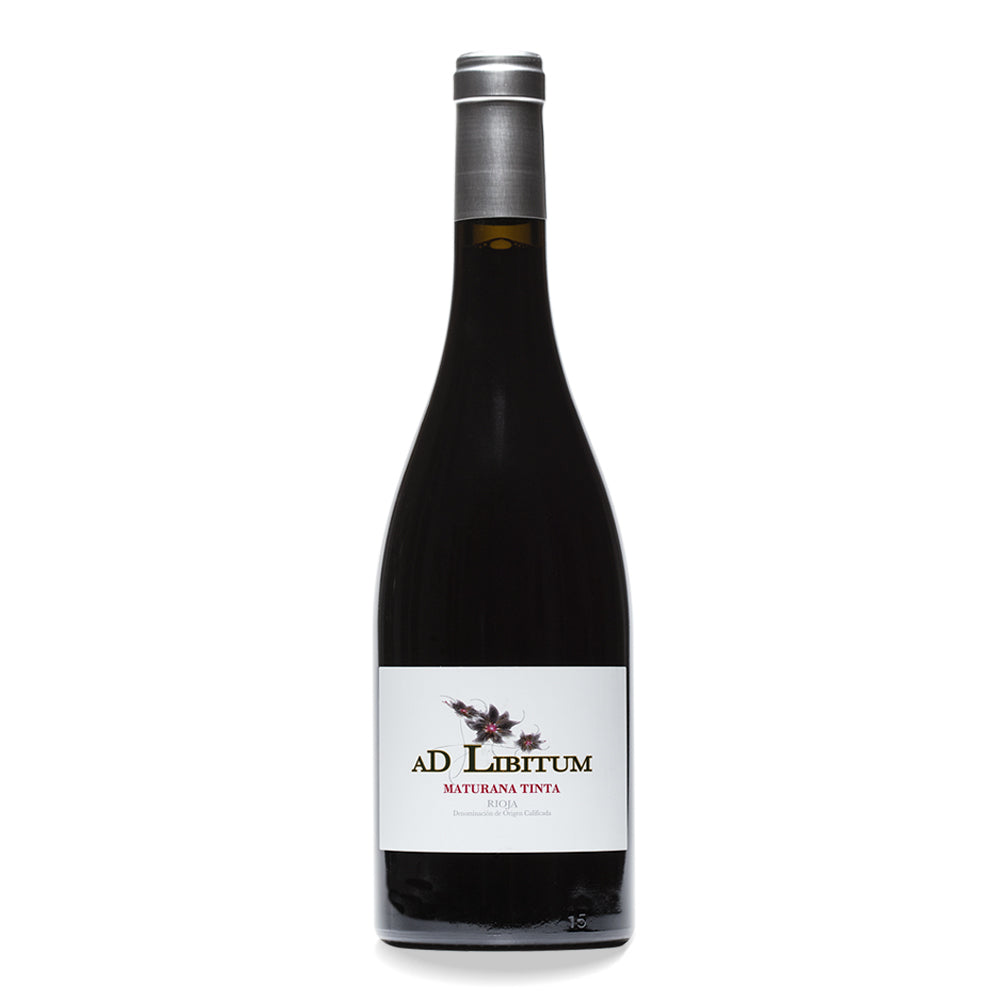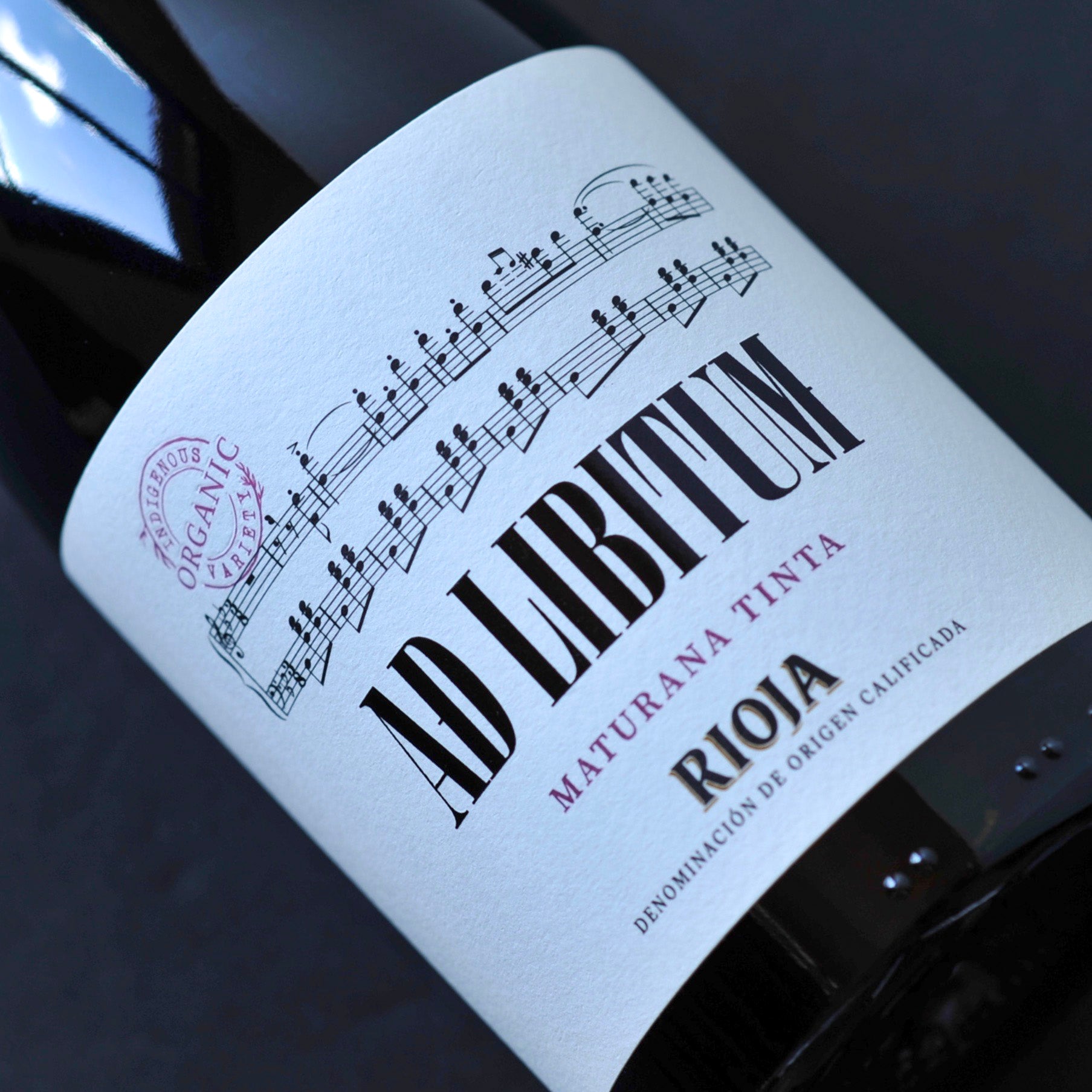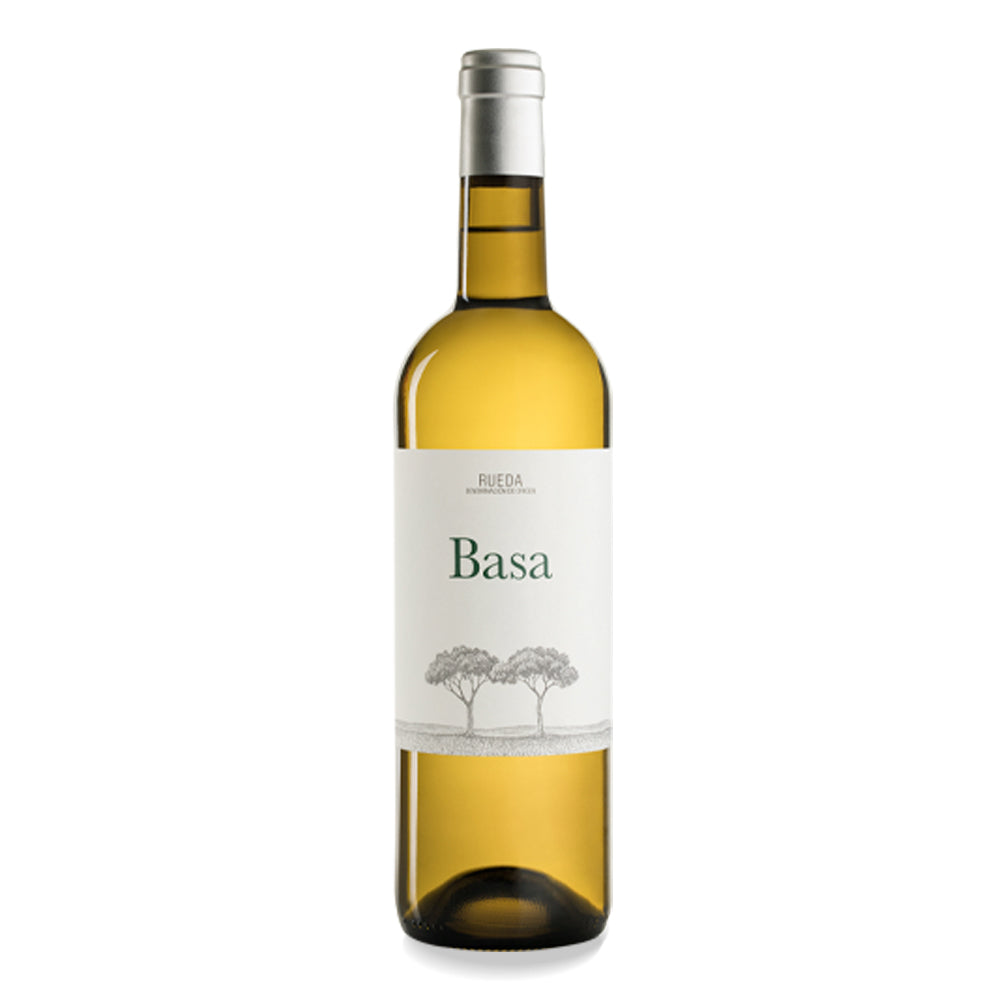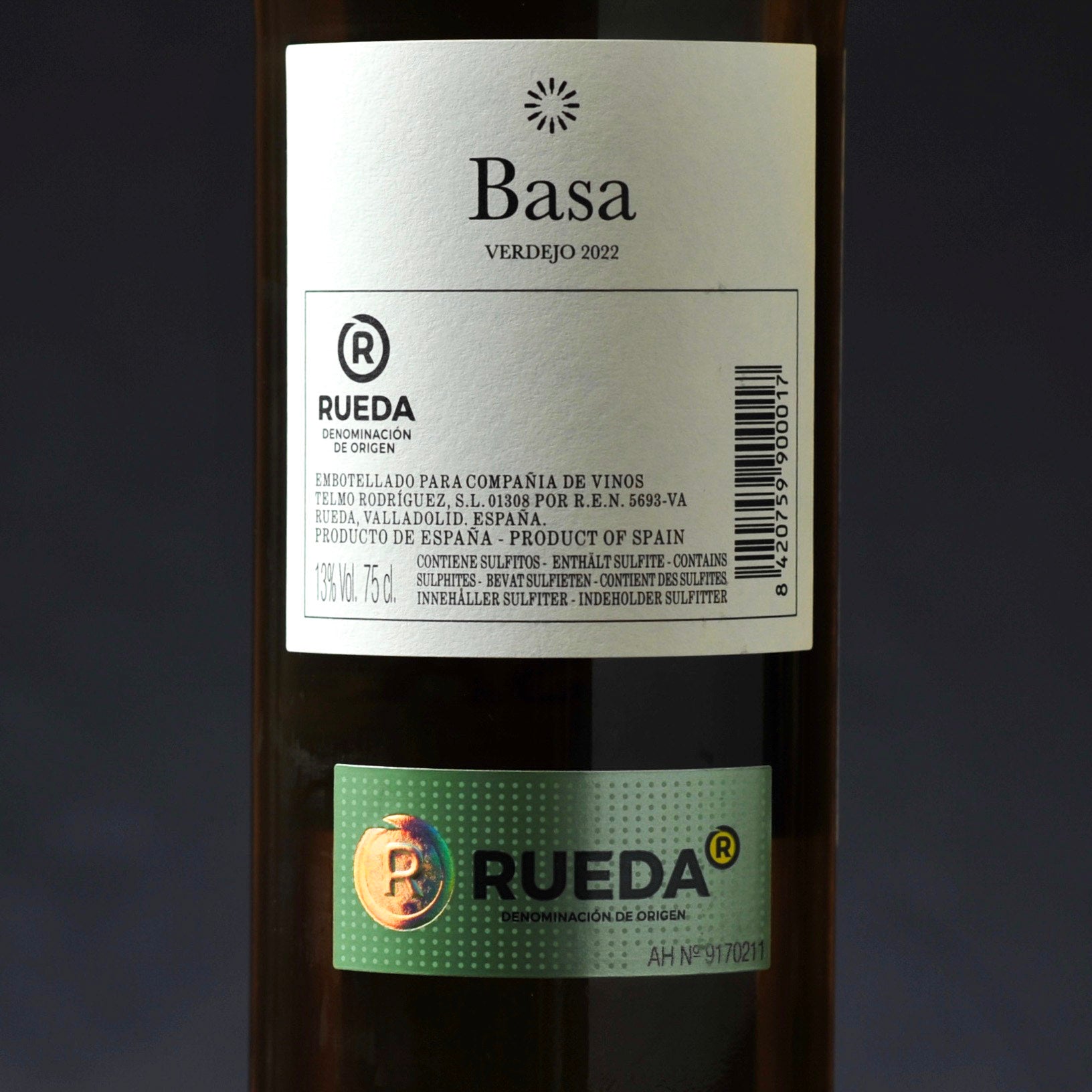Where is Moscatel from and where can I find it?
More than one single grape, Muscat – known as Moscatel in Spanish - encompasses a whole family of hundreds of different varieties of vitis vinifera. Perhaps because of the sheer number of different varieties, many people consider Moscatel to be one of the oldest domesticated grapes, and theories abound as to its exact origin. Some place it as far back as 3,000 BC and the Egyptian and Persian cultures, while others fast forward a few centuries to Greek and Roman cultures.
Today, only a few Moscatel varieties are used in winemaking with two of the main ones being Muscat Blanc a Petits Grains, named after its typical ¨little berries¨ (known as Moscatel de Grano Menudo in Spain), and Muscat of Alexandria, or Moscatel de Alejandría in Spanish. In Spain, the former is most commonly found in Navarra, while Alejandría is more popular in the Mediterranean region, especially Málaga and Valencia. Locally in both regions, you’ll find people referring to it simply as Moscatel.
What are Moscatel's main characteristics?
Historically Moscatel is a Mediterranean variety. It thrives in the hot, dry climate of the Mediterranean basin; it is drought resistant, adapts well to different soil types and its grapes need lots of sunshine to ripen fully. Moscatel de Alejandría berries are thick-skinned, fleshy and pale yellow in color with a high sugar content and a musky taste.
What does Moscatel taste like?
Moscatel is a highly aromatic grape variety. Its key characteristic is that it is one of the only wine grapes that produces wines that actually taste like grapes. In different locations, it is used to produce a whole range of wines, from pale and bone dry white table wines through to golden, sweet dessert wines.
Where can I try some Moscatel?
For many years, Spanish winemakers along the Mediterranean coast have used Moscatel to make natural sweet wines or the famous mistelas (unfermented grape must to which vinous alcohol has been added) which are still today popular in Tarragona, Valencia and La Mancha.
These days you’ll also find winemakers who appreciate Moscatel for its ability to ensure a more aromatic profile when blended with other, more neutral varieties like Macabeo or Airén. It’s a style that is increasingly popular in areas like Alicante.

